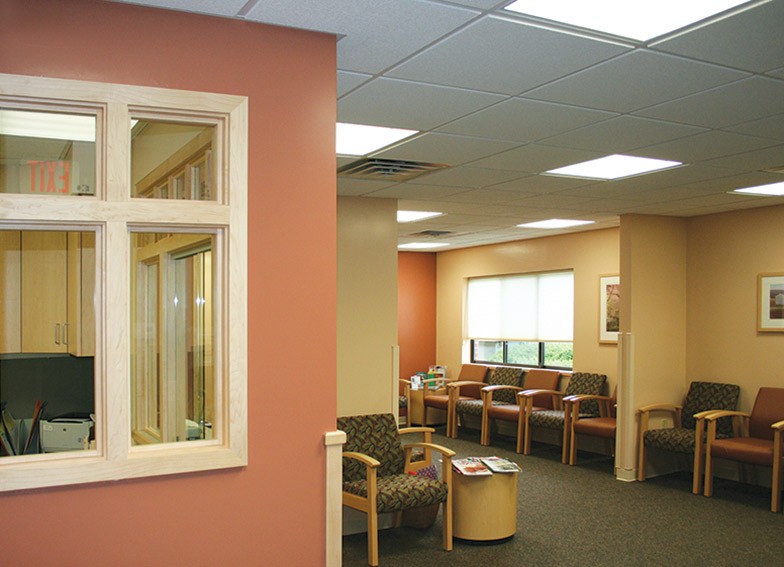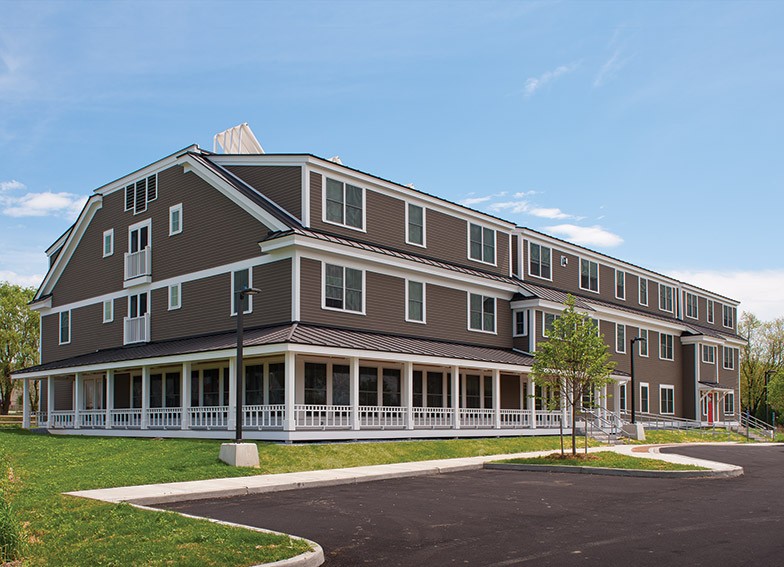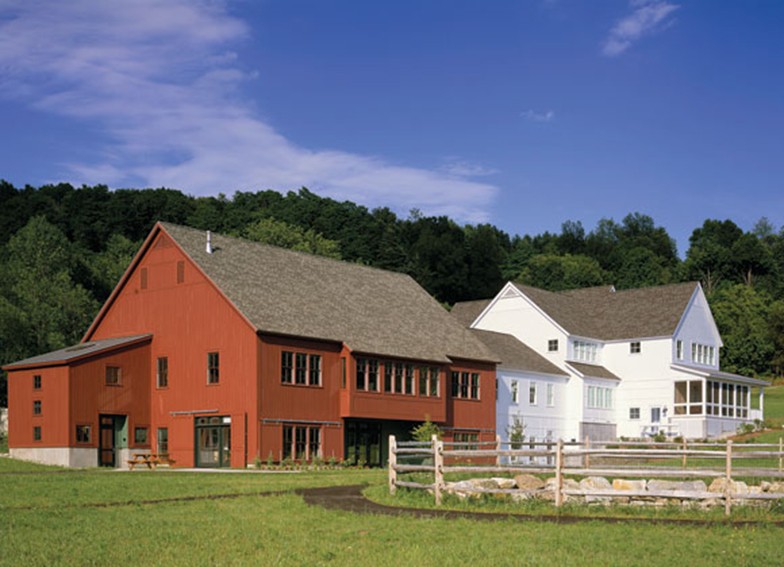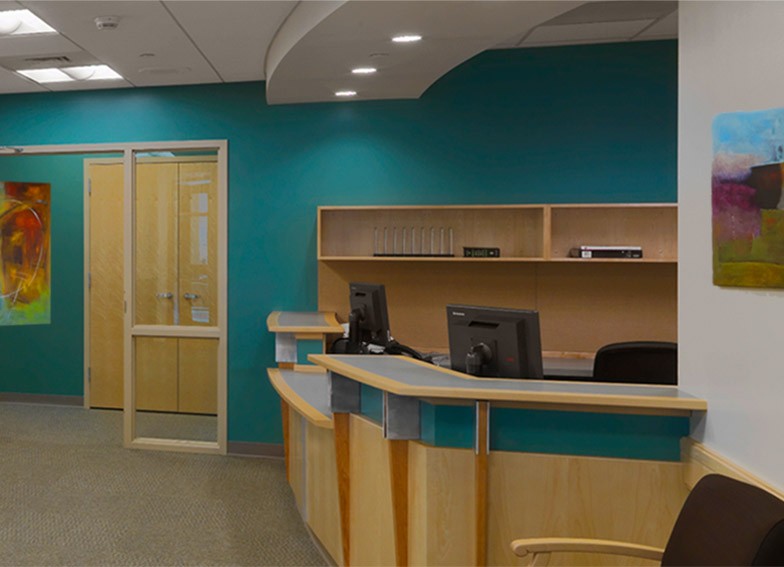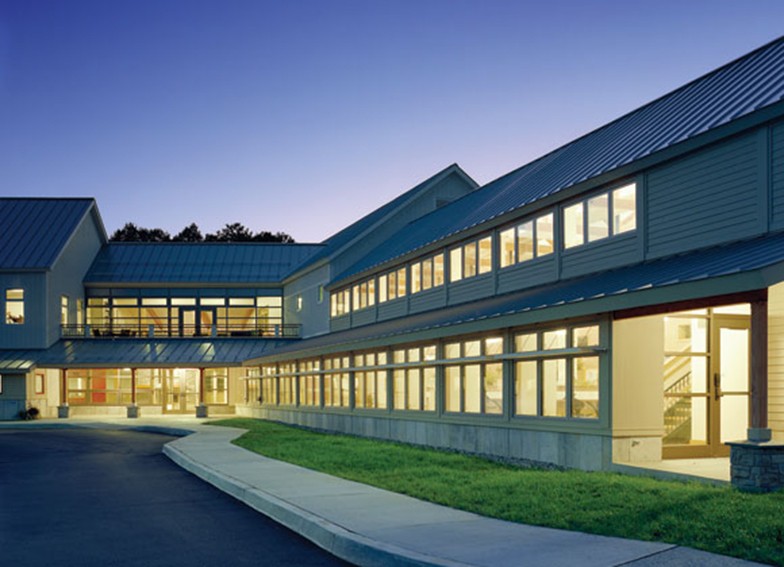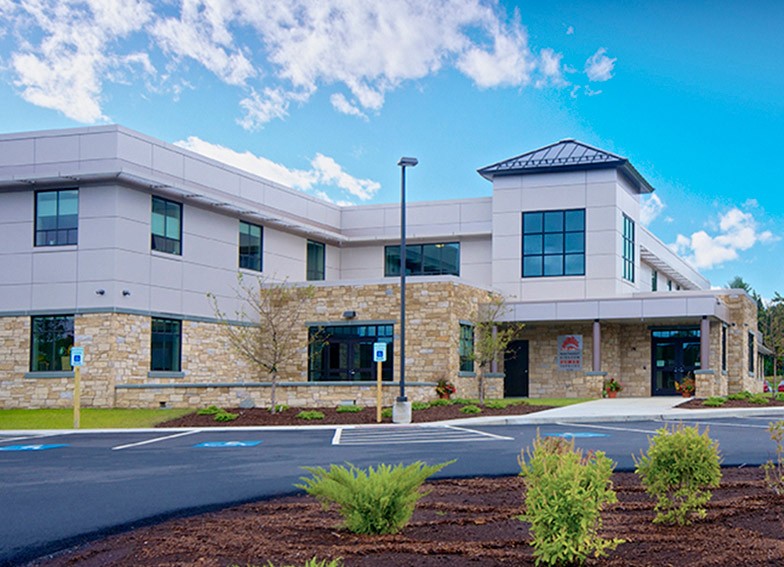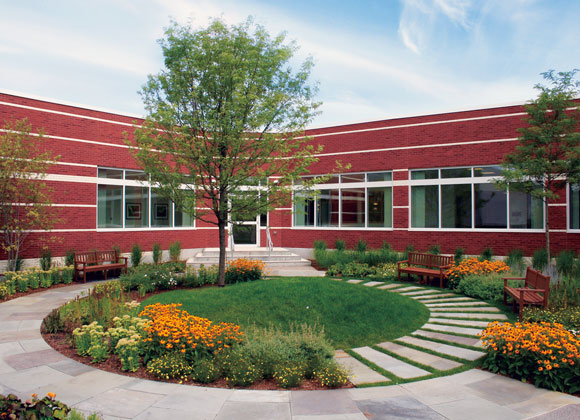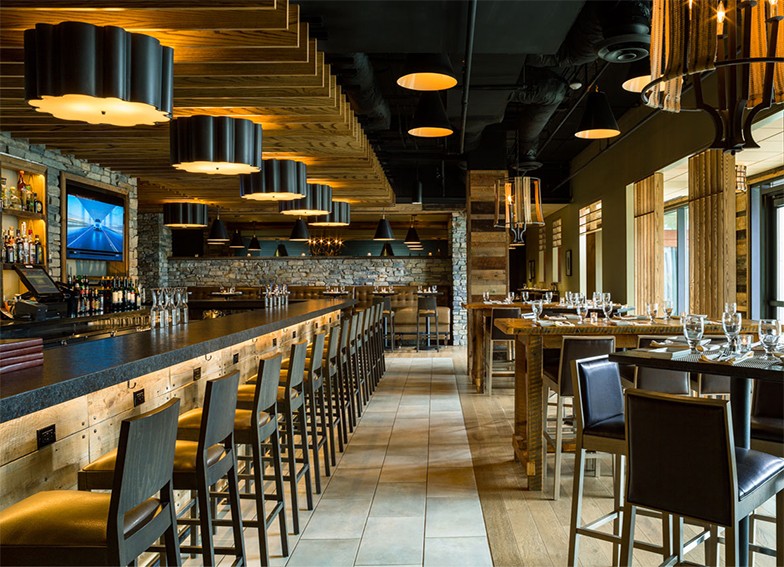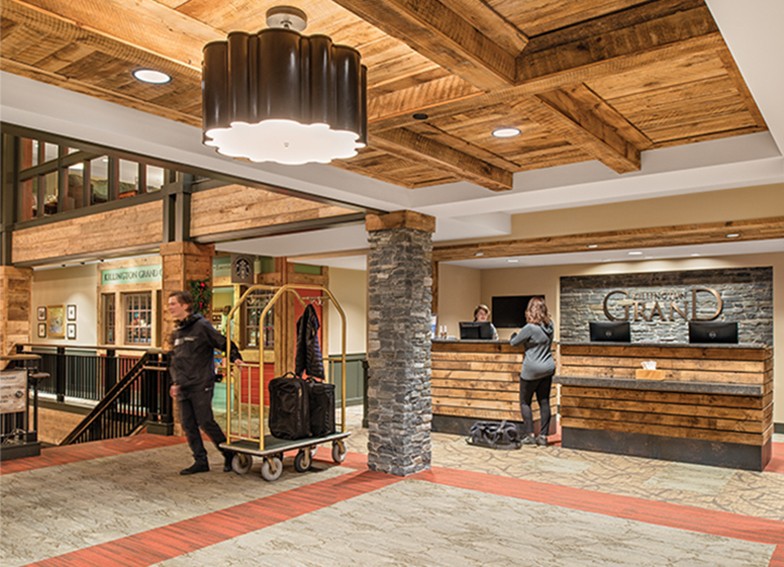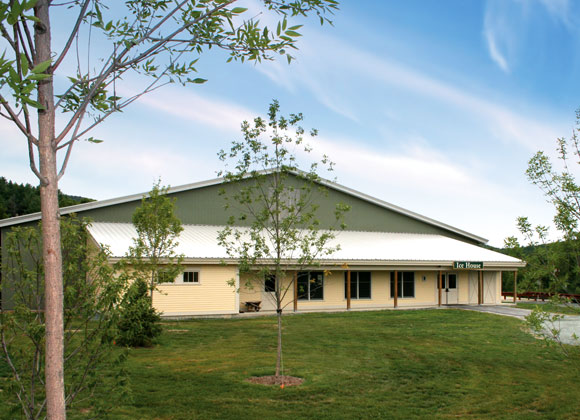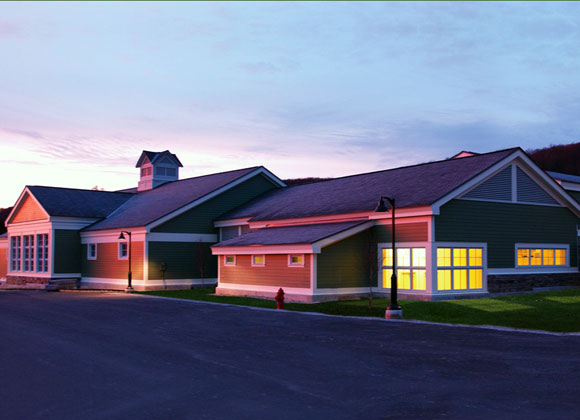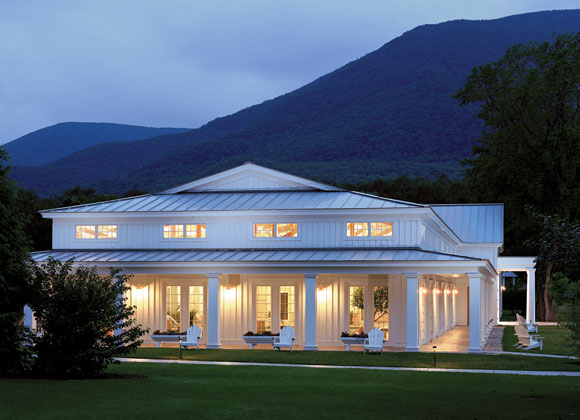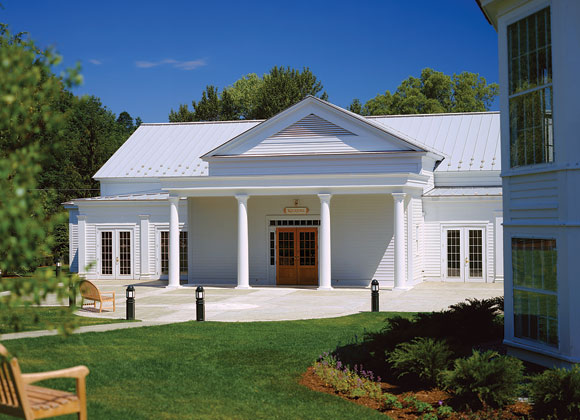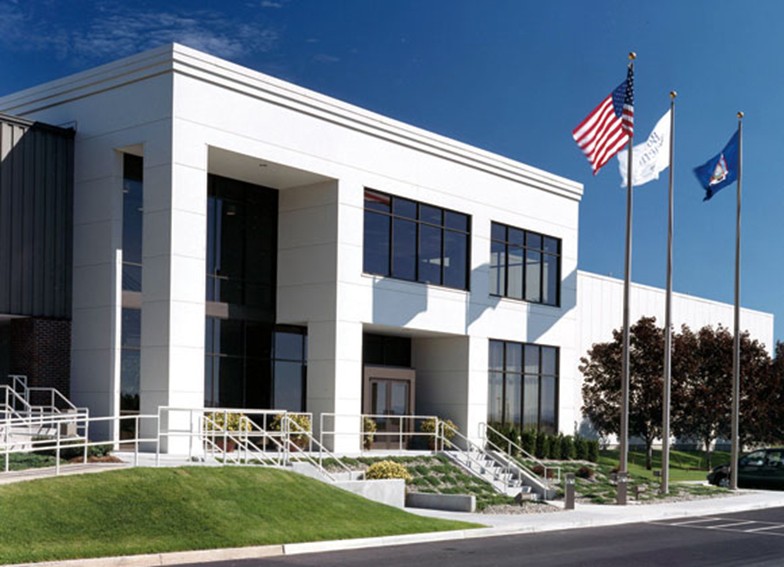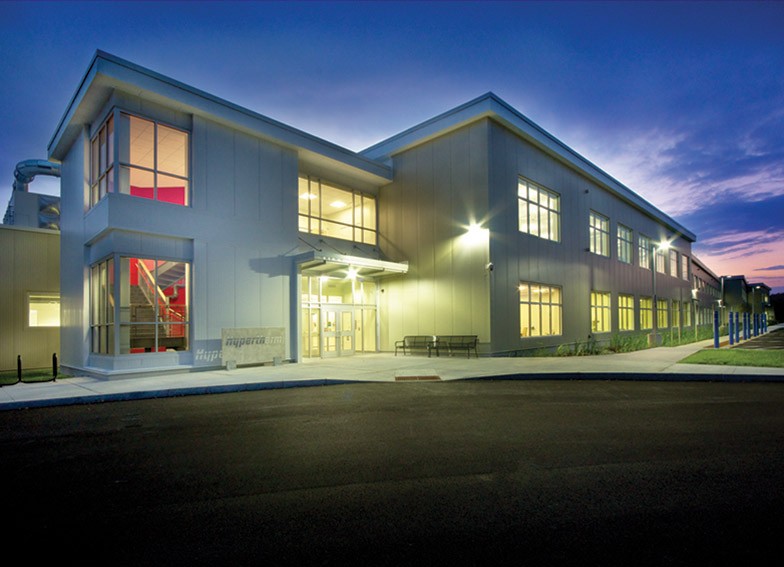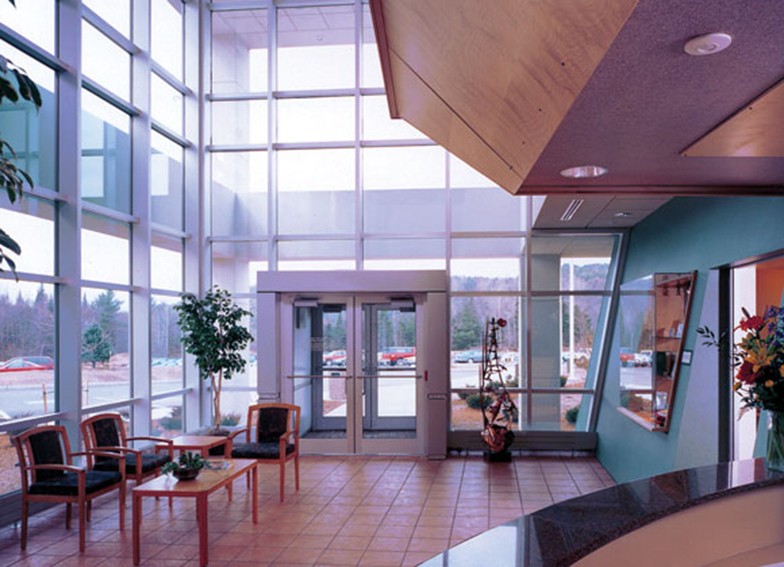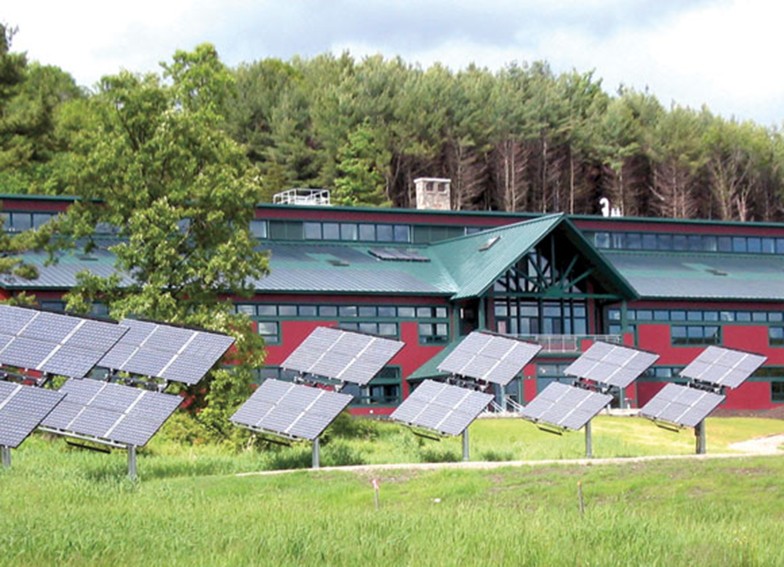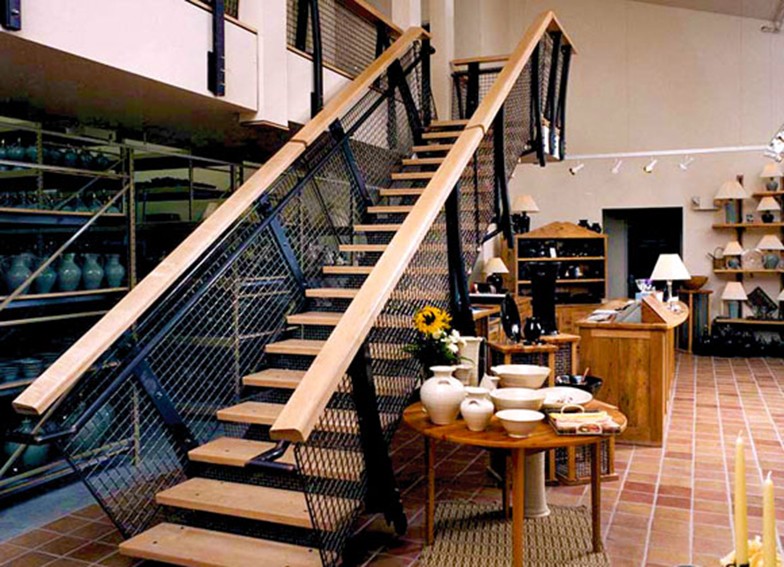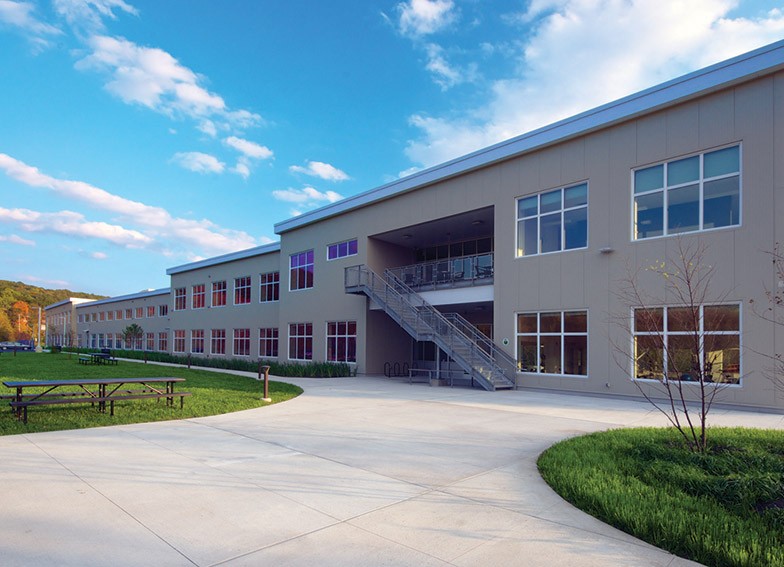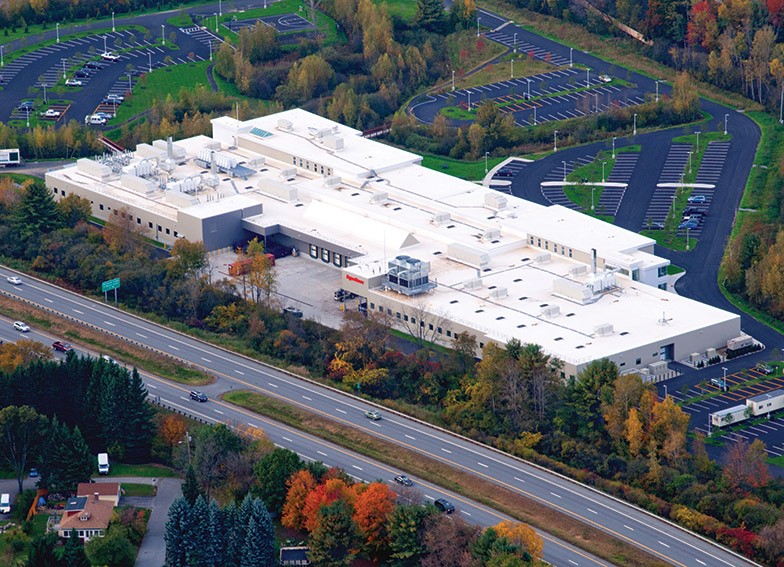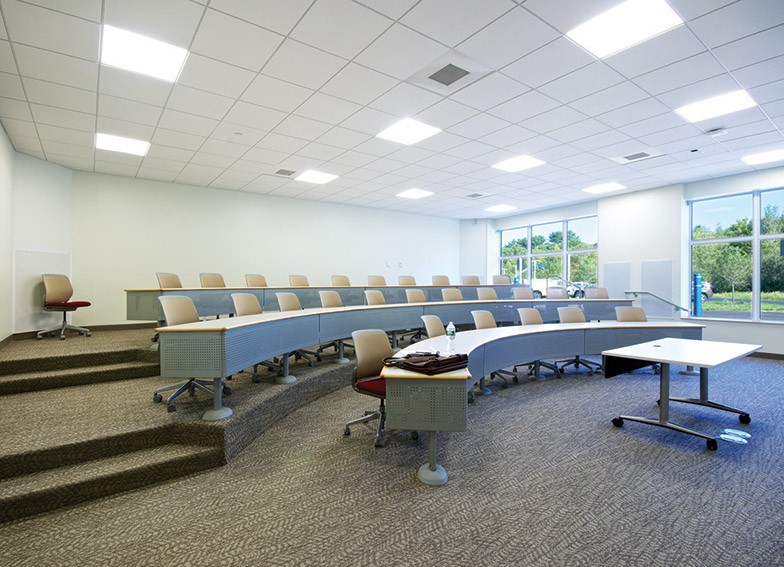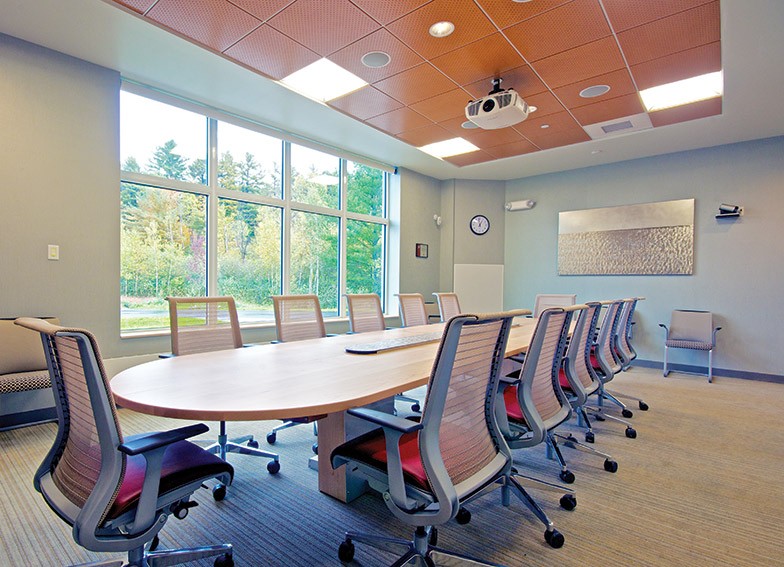Commercial
-
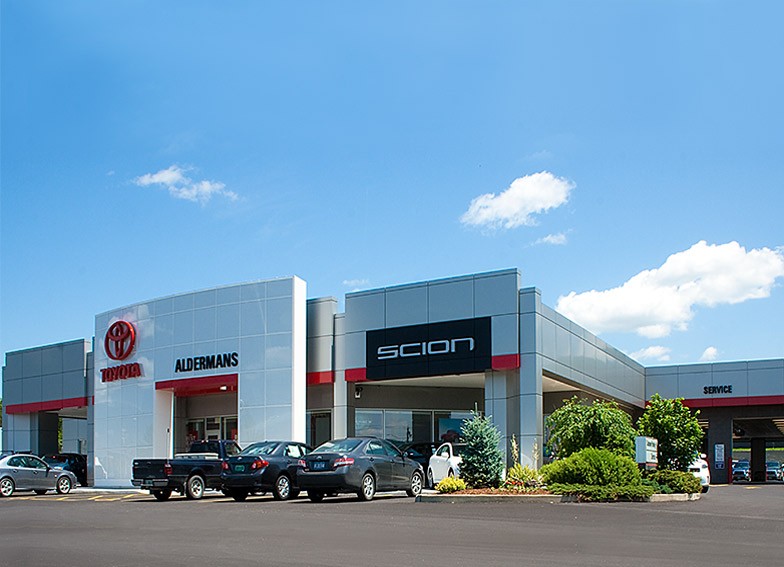 Alderman’s Toyota
Alderman’s Toyota
-
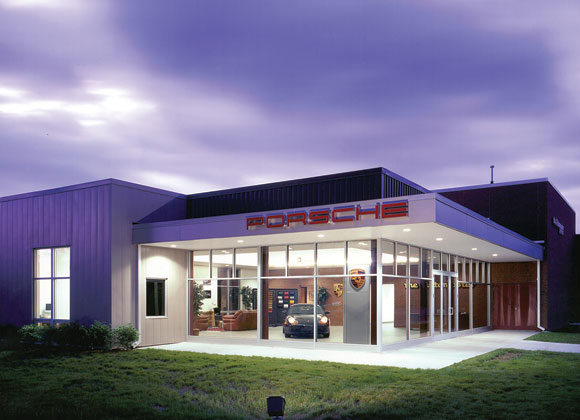 The Automaster
The Automaster
-
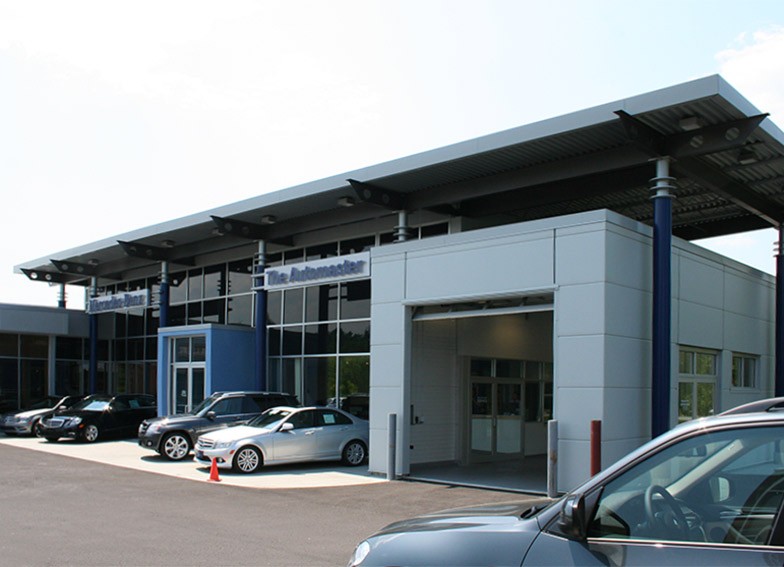 The Automaster Honda and Mercedes-Benz
The Automaster Honda and Mercedes-Benz
-
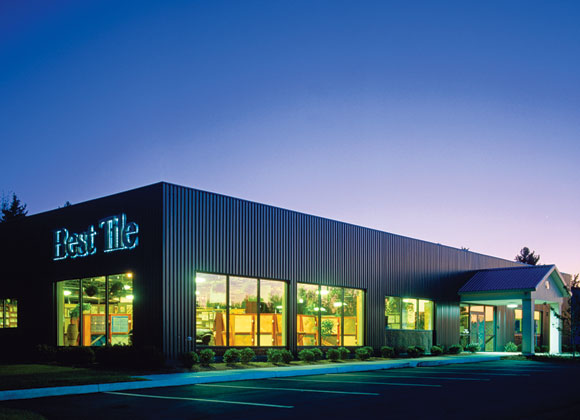 Best Tile
Best Tile
-
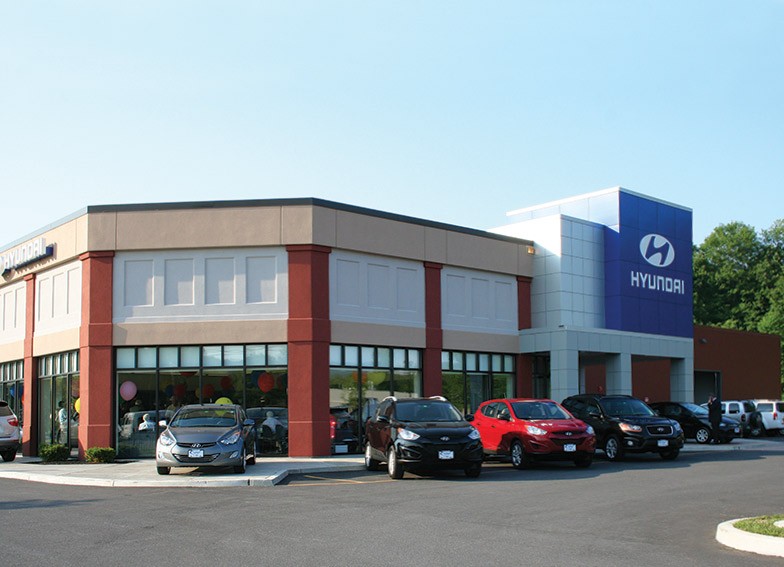 Carbone Auto Group
Carbone Auto Group
-
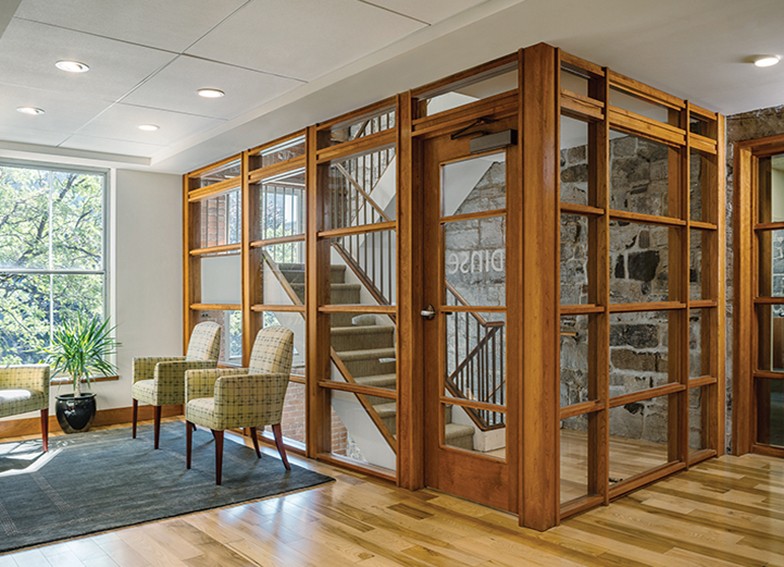 Dinse, Knapp & McAndrew
Dinse, Knapp & McAndrew
-
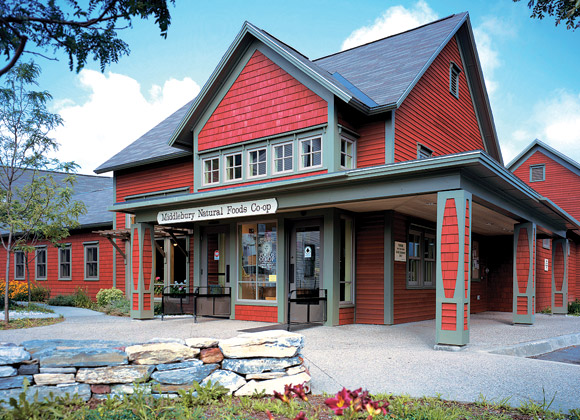 Middlebury Natural Foods Co-op
Middlebury Natural Foods Co-op
-
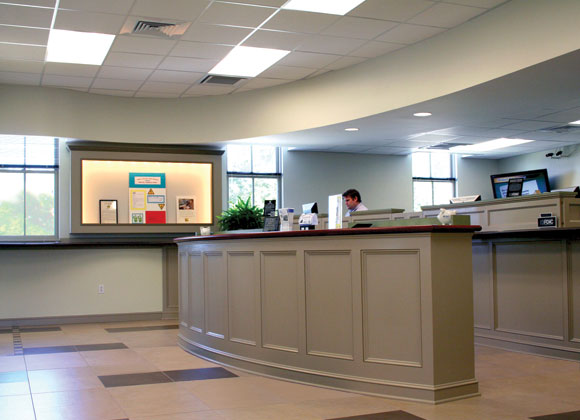 National Bank of Middlebury
National Bank of Middlebury
-
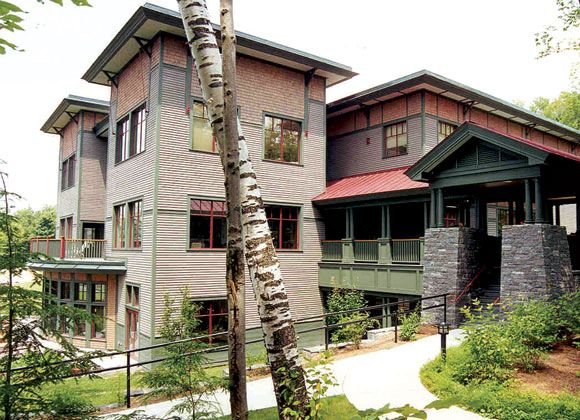 Orvis - Corporate Headquarters
Orvis - Corporate Headquarters
-
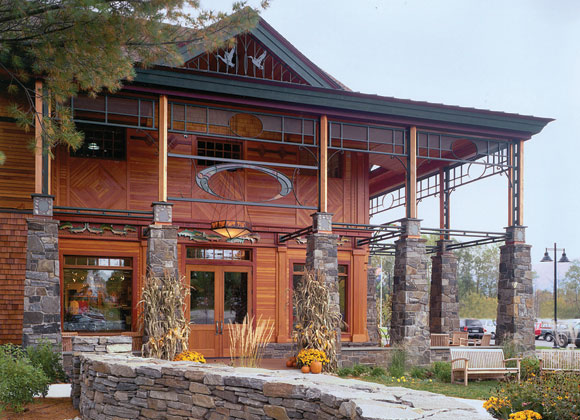 Orvis - Retail Flagship
Orvis - Retail Flagship
-
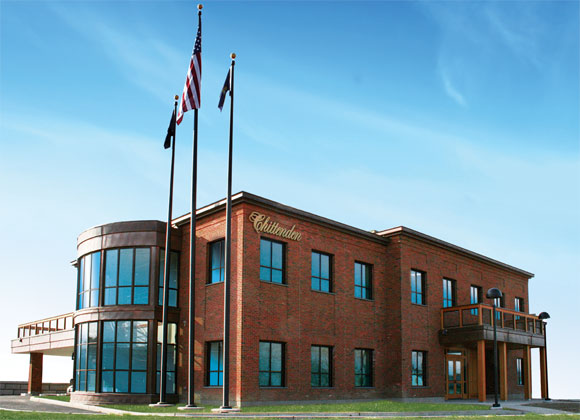 People’s United Bank
People’s United Bank
-
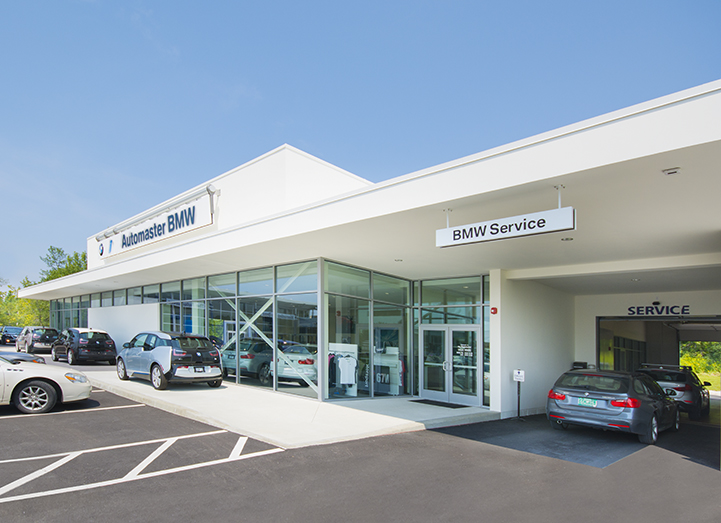 The Automaster
The Automaster
-
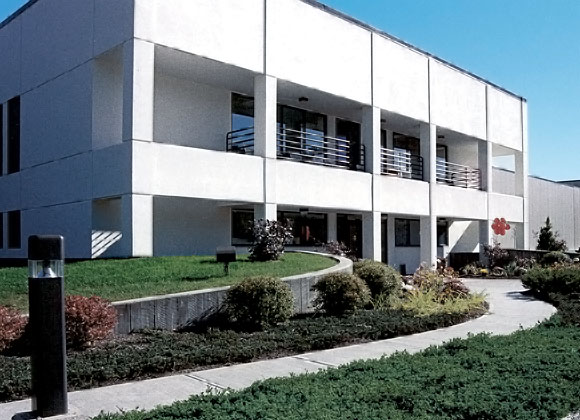 Vermont Country Store
Vermont Country Store
-
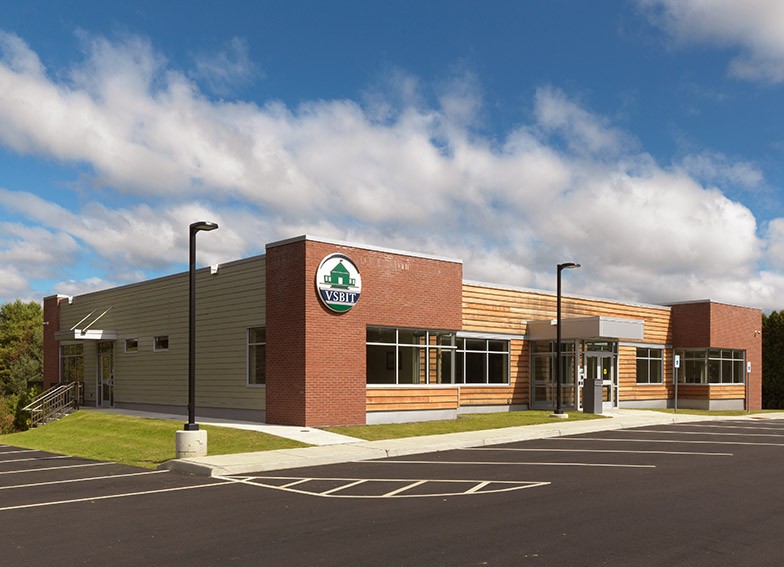 Vermont School Board Insurance Trust Office
Vermont School Board Insurance Trust Office
Cultural
-
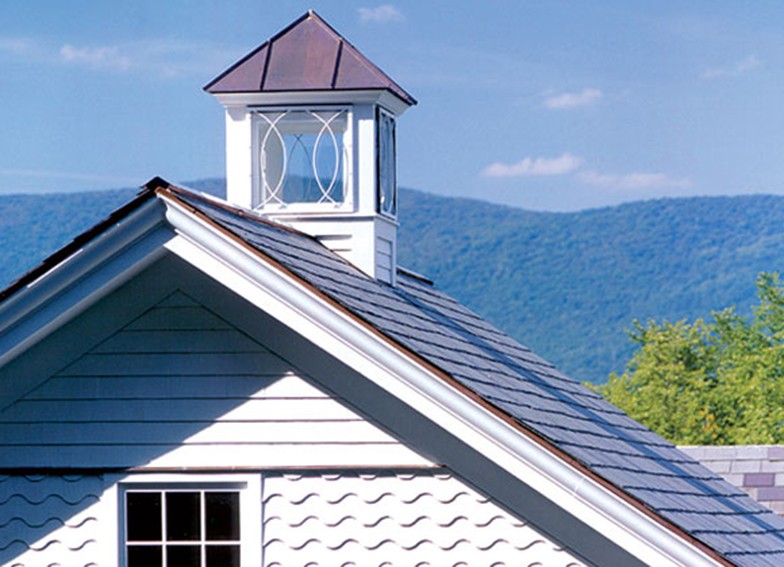 Bennington Museum
Bennington Museum
-
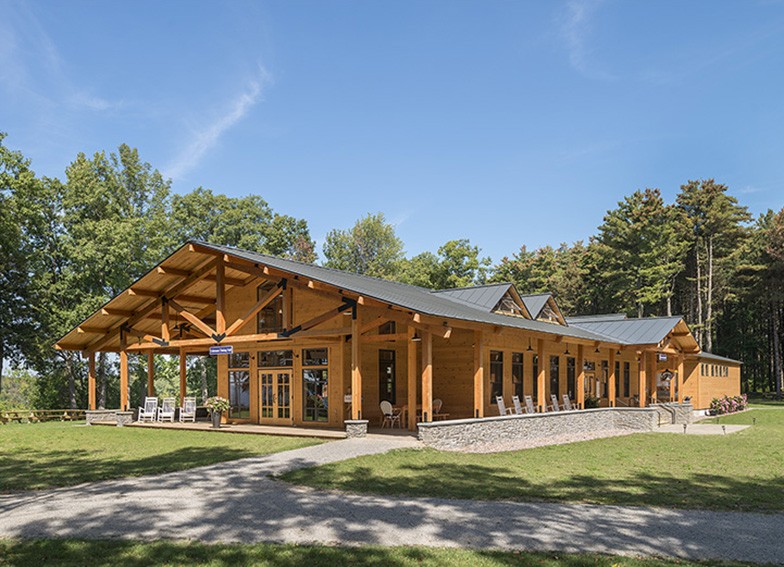 Camp Dudley at Kiniya
Camp Dudley at Kiniya
-
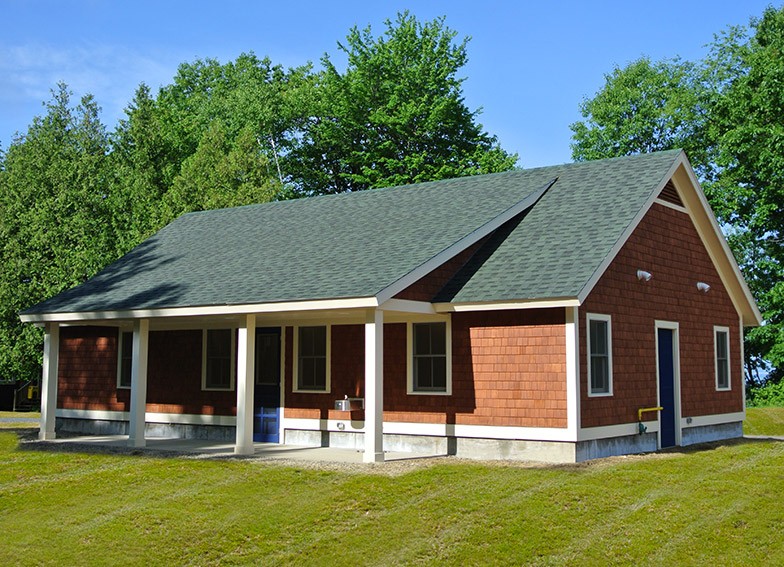 Camp Kiniya Bath House
Camp Kiniya Bath House
-
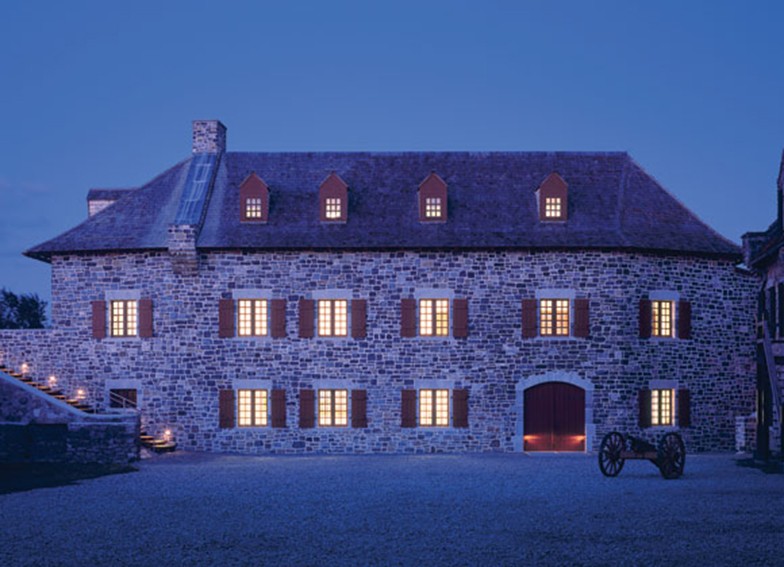 Fort Ticonderoga
Fort Ticonderoga
-
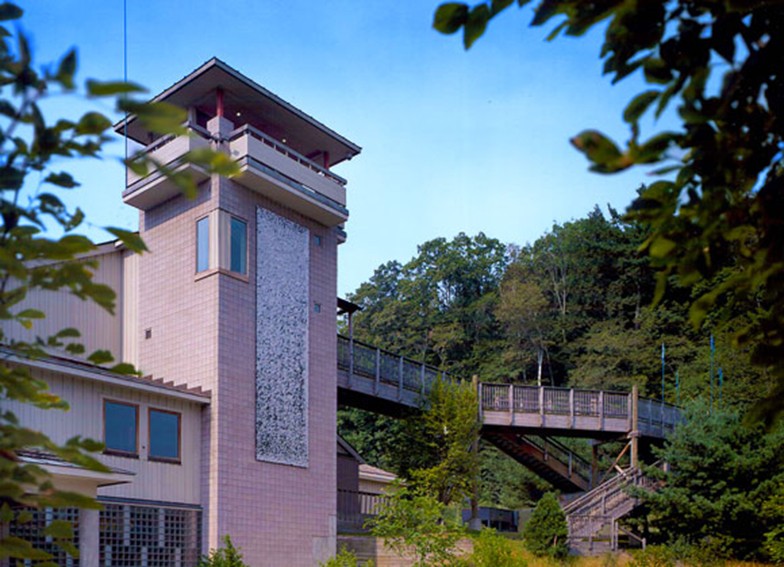 Montshire Museum of Science
Montshire Museum of Science
-
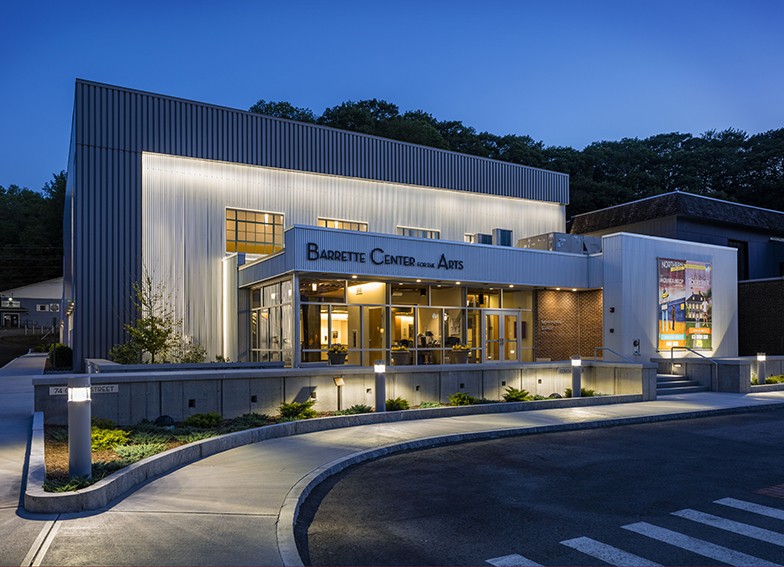 Northern Stage
Northern Stage
-
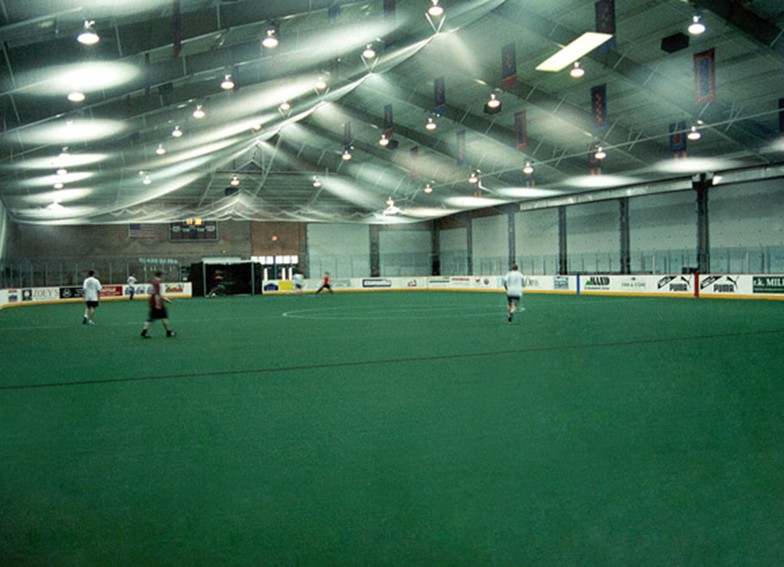 Riley Rink at Hunter Park
Riley Rink at Hunter Park
-
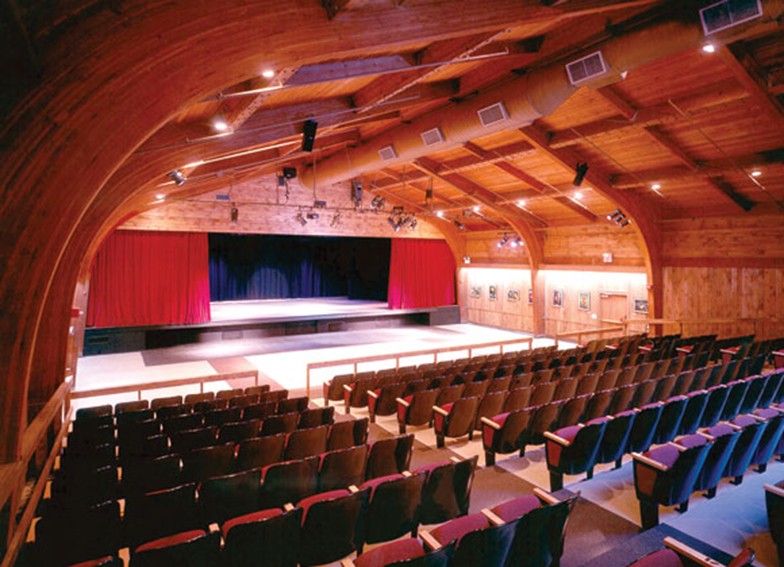 Southern Vermont Arts Center - Arkell Pavilion and Yester House Gallery
Southern Vermont Arts Center - Arkell Pavilion and Yester House Gallery
-
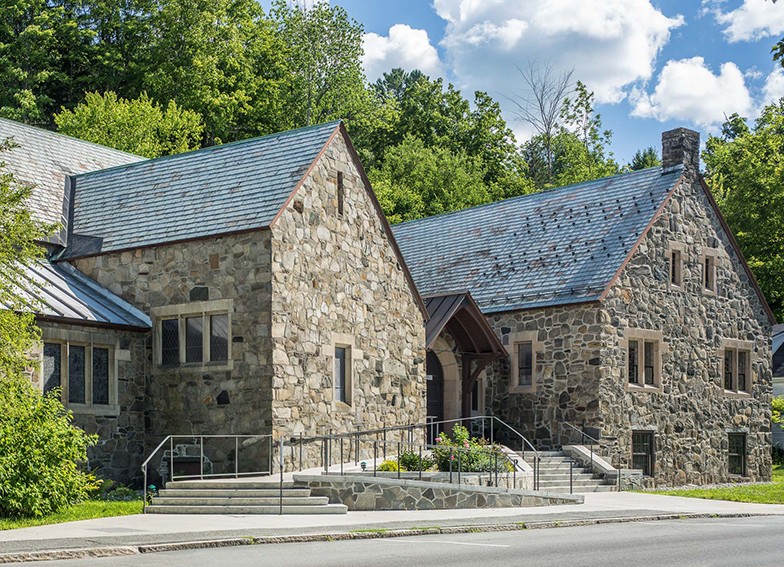 St. James
St. James
-
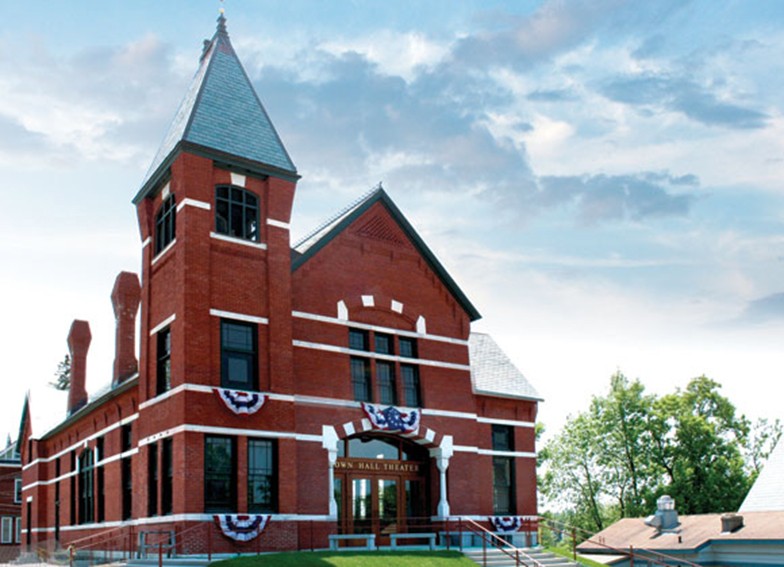 Town Hall Theater
Town Hall Theater
-
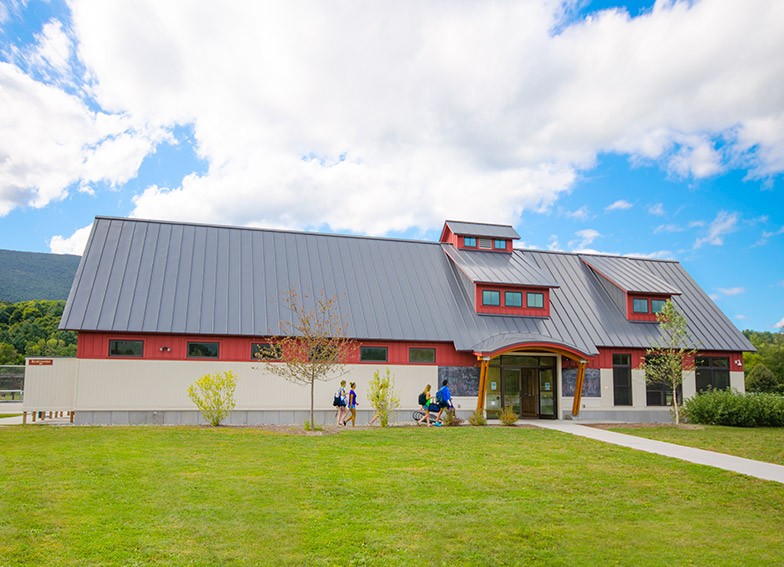 Town of Manchester Park House
Town of Manchester Park House
-
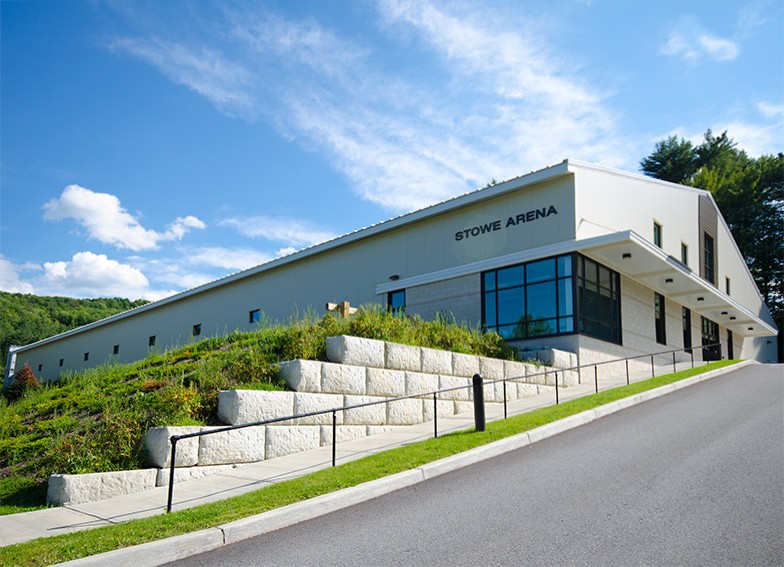 Town of Stowe Ice Arena
Town of Stowe Ice Arena
-
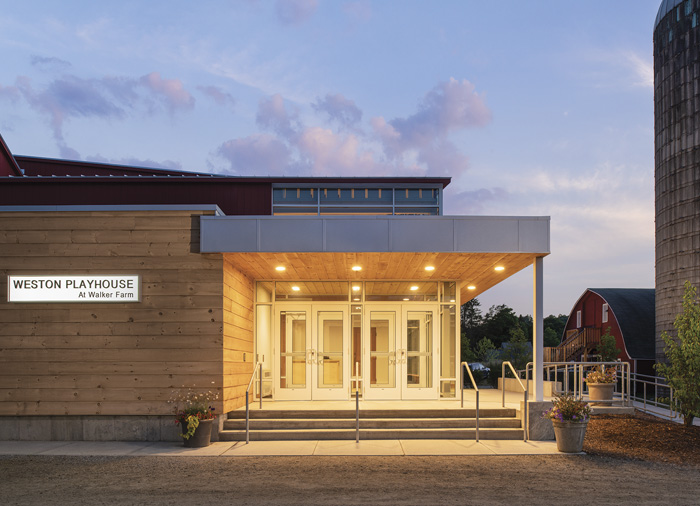 Weston Playhouse Theatre Company
Weston Playhouse Theatre Company
Education
-
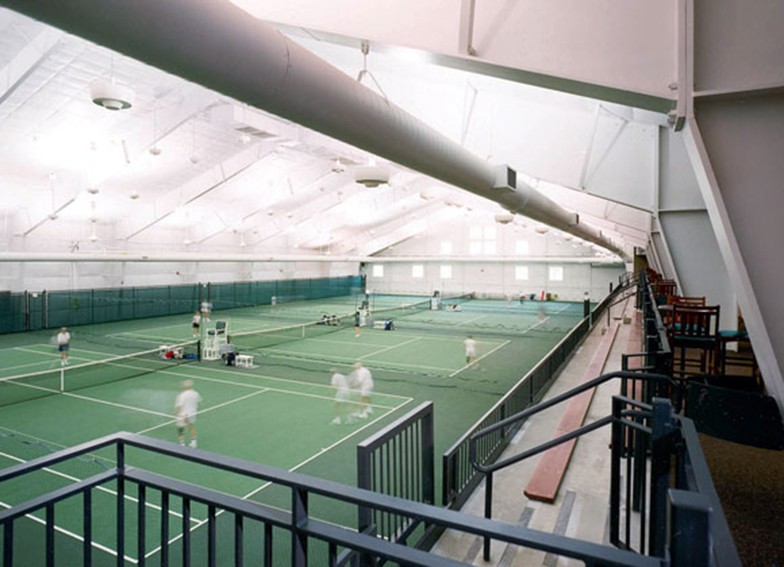 Dartmouth College - Tennis Center
Dartmouth College - Tennis Center
-
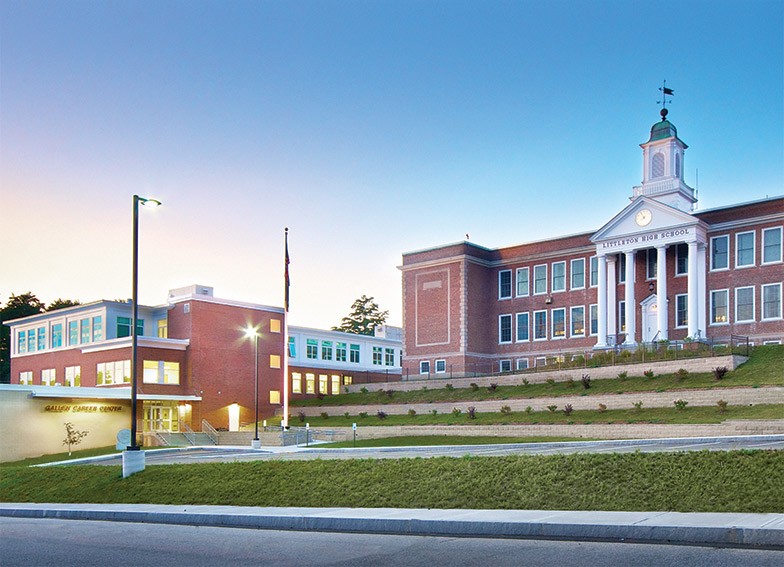 Hugh J. Gallen Career and Technical Center & Middle School
Hugh J. Gallen Career and Technical Center & Middle School
-
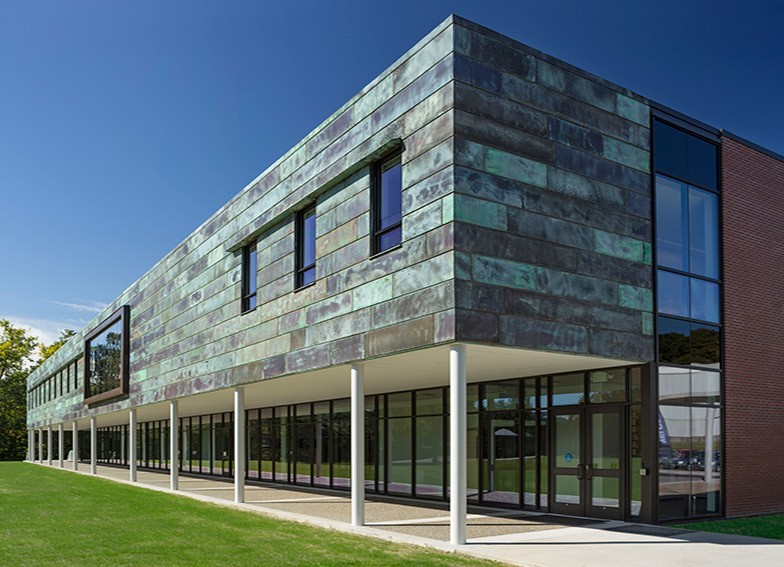 Landmark College
Landmark College
-
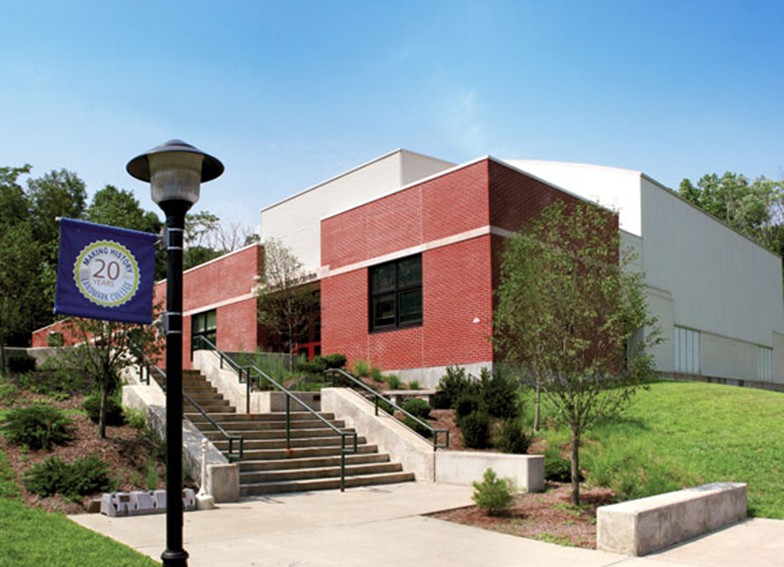 Landmark College - Click Sports Center
Landmark College - Click Sports Center
-
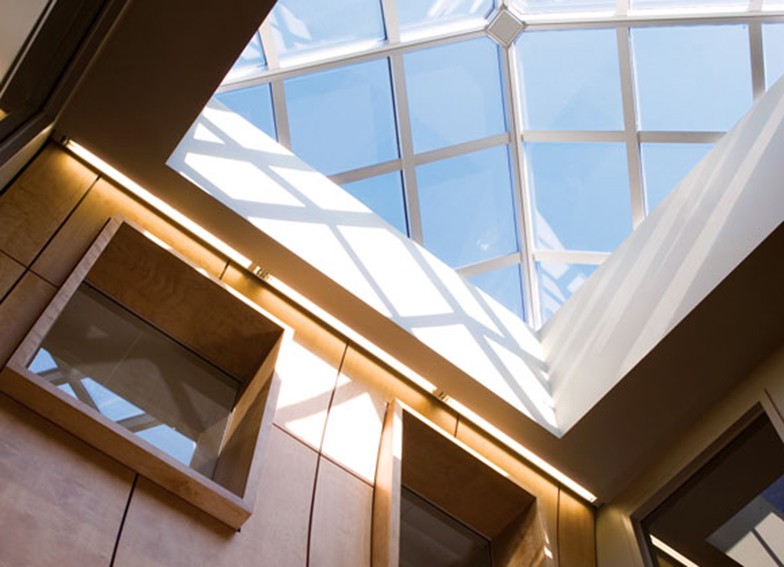 Landmark College - East Academic Building
Landmark College - East Academic Building
-
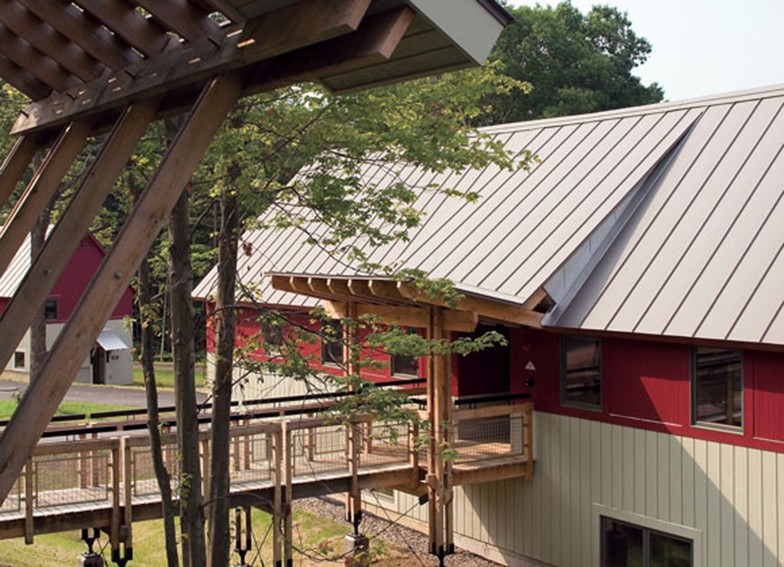 Landmark College - Student Residences
Landmark College - Student Residences
-
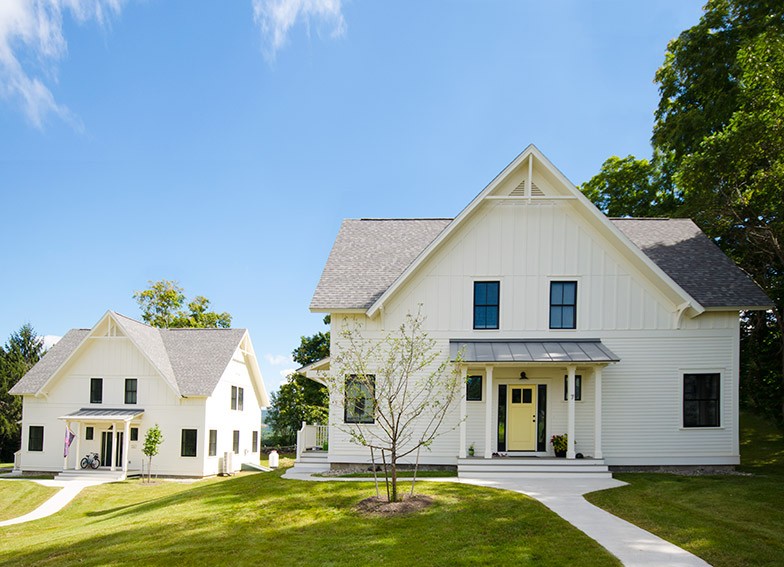 Northfield Mount Hermon Faculty Housing
Northfield Mount Hermon Faculty Housing
-
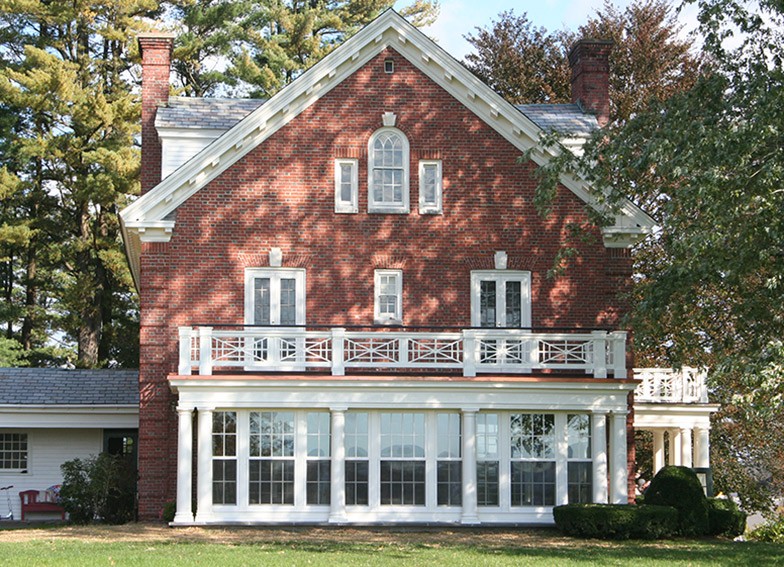 Northfield Mount Hermon School
Northfield Mount Hermon School
-
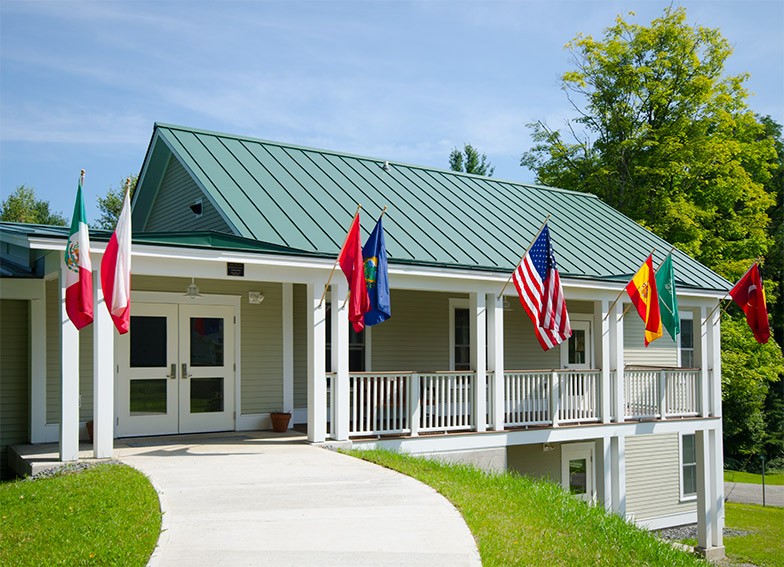 The Greenwood School Academic Center
The Greenwood School Academic Center
-
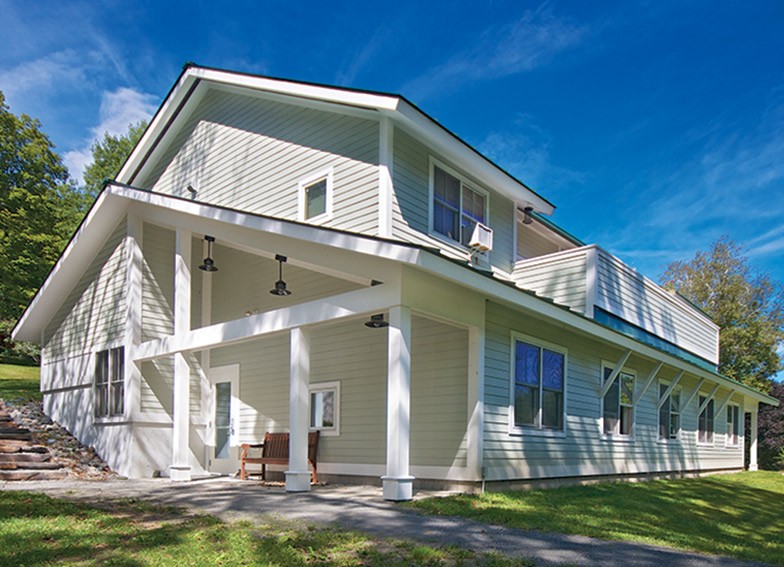 The Greenwood School
The Greenwood School
-
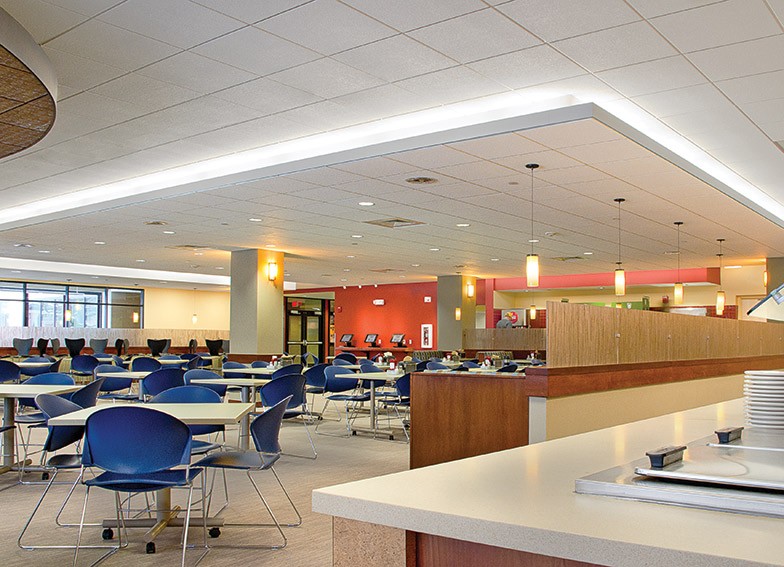 University of Vermont
University of Vermont
-
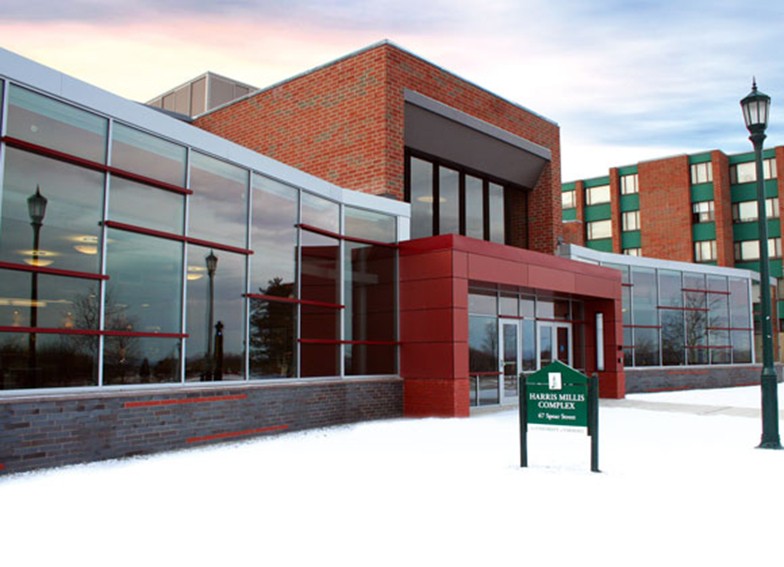 University of Vermont – Harris–Millis Commons
University of Vermont – Harris–Millis Commons
-
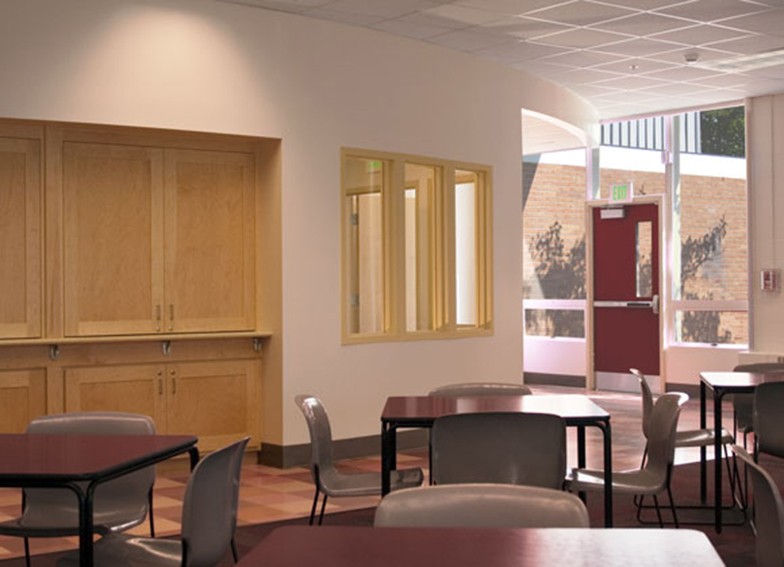 University of Vermont - McAuley Hall
University of Vermont - McAuley Hall
-
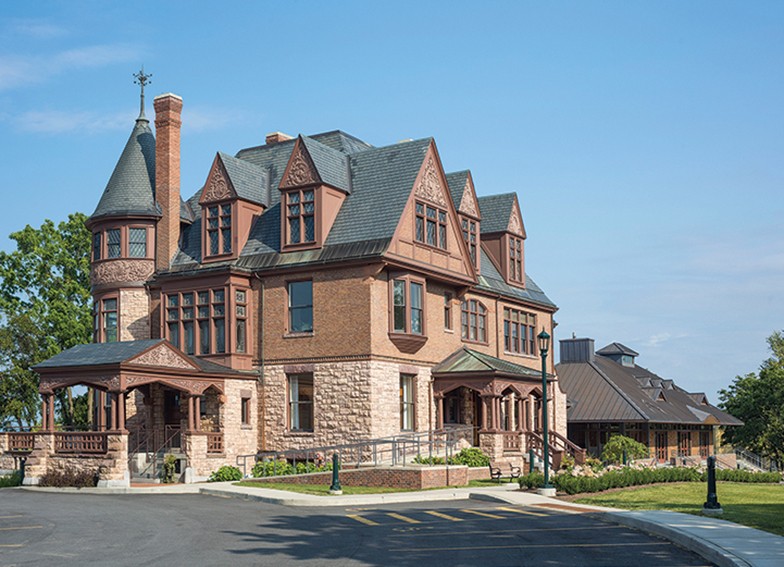 University of Vermont
University of Vermont
-
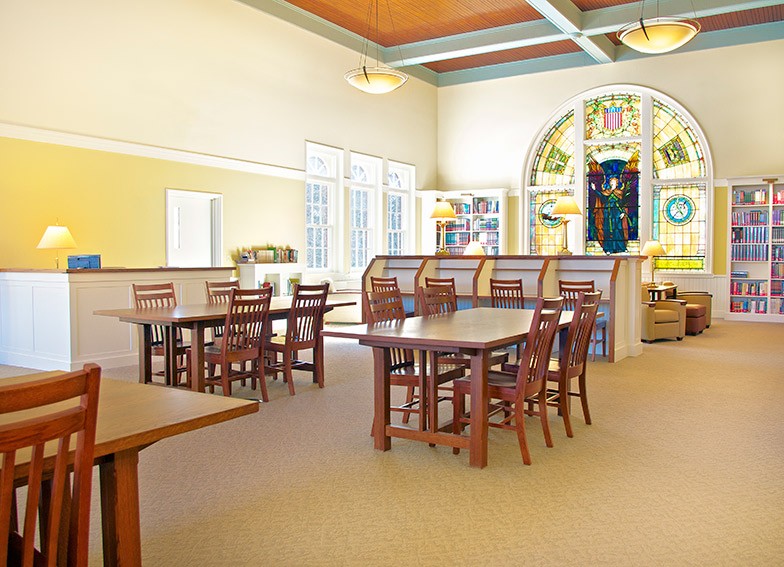 Vermont Academy Fuller Hall
Vermont Academy Fuller Hall
-
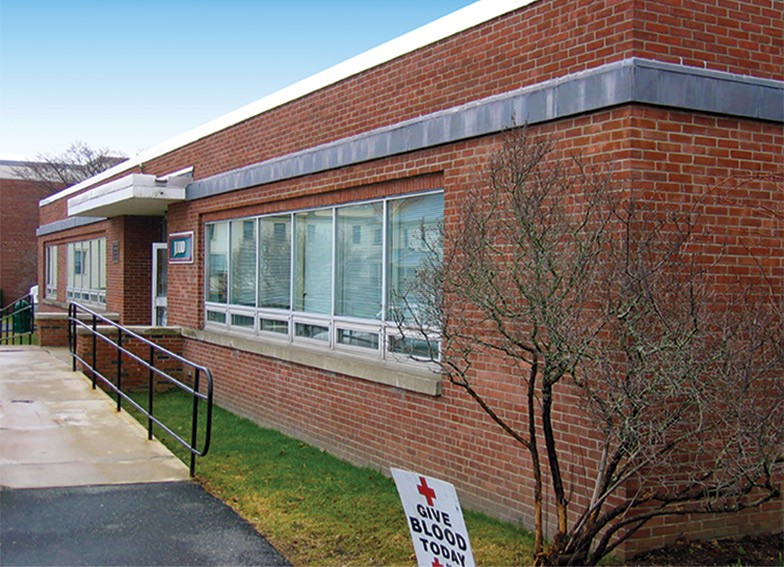 Vermont Technical College
Vermont Technical College
-
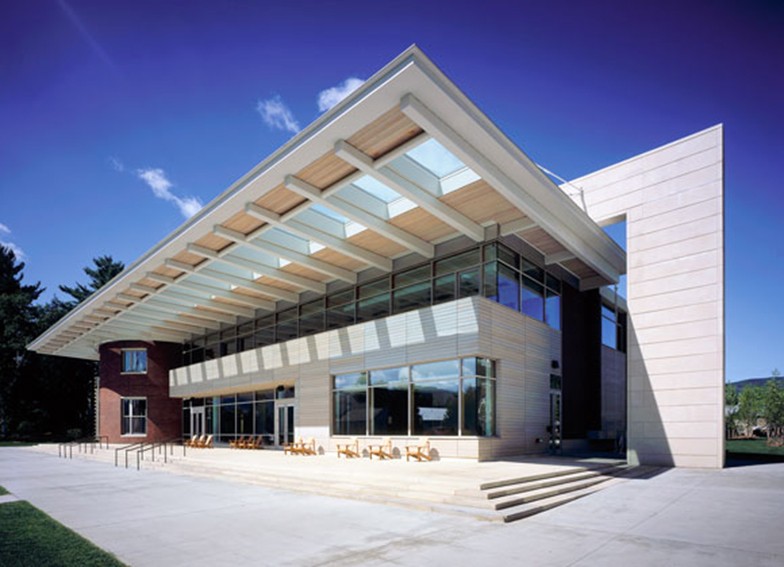 Williams College - Student Center
Williams College - Student Center
Healthcare
Hospitality
Manufacturing
Municipal
-
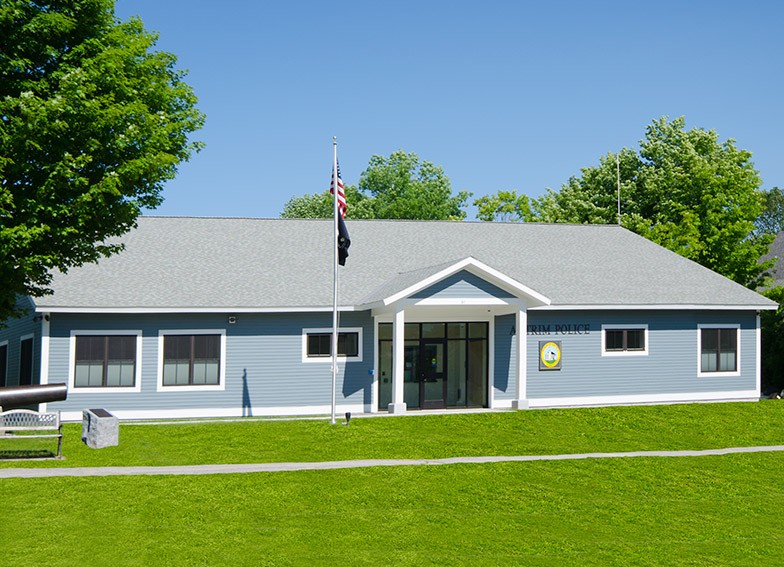 Town of Antrim Police Station
Town of Antrim Police Station
-
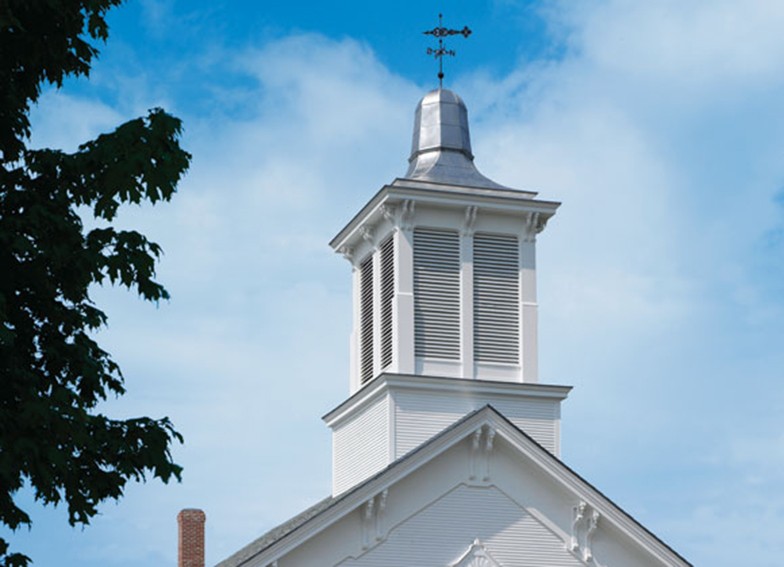 Ferrisburgh Grange Hall
Ferrisburgh Grange Hall
-
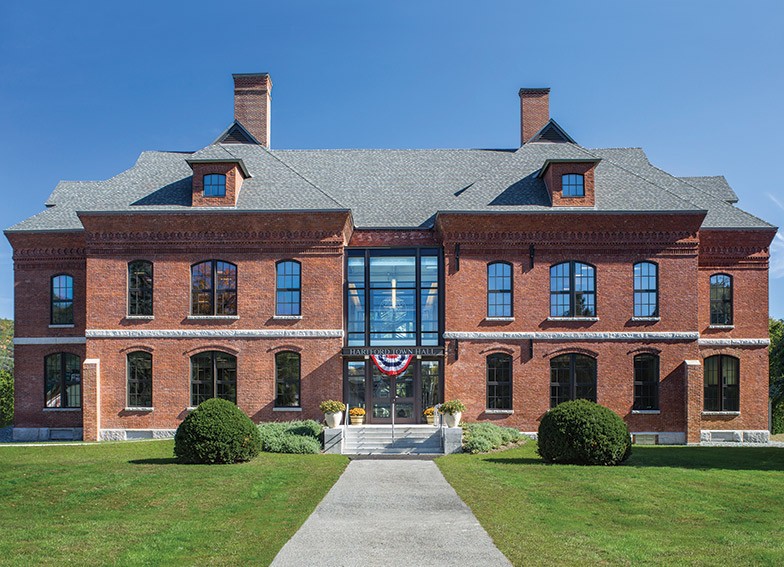 Town of Hartford
Town of Hartford
-
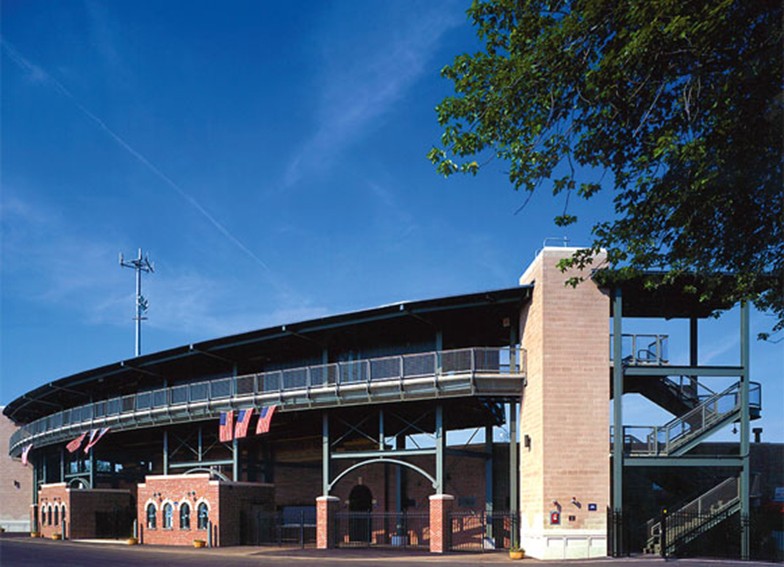 Holman Stadium
Holman Stadium
-
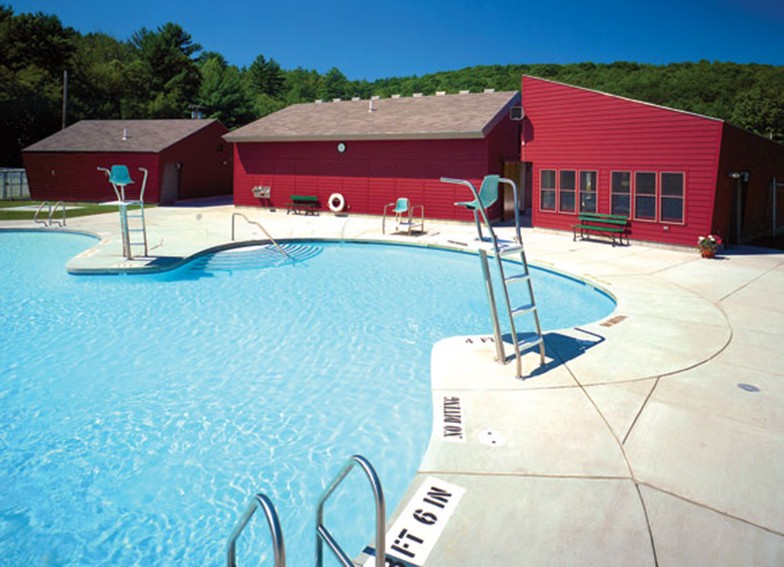 Lebanon Veteran’s Memorial Pool
Lebanon Veteran’s Memorial Pool
-
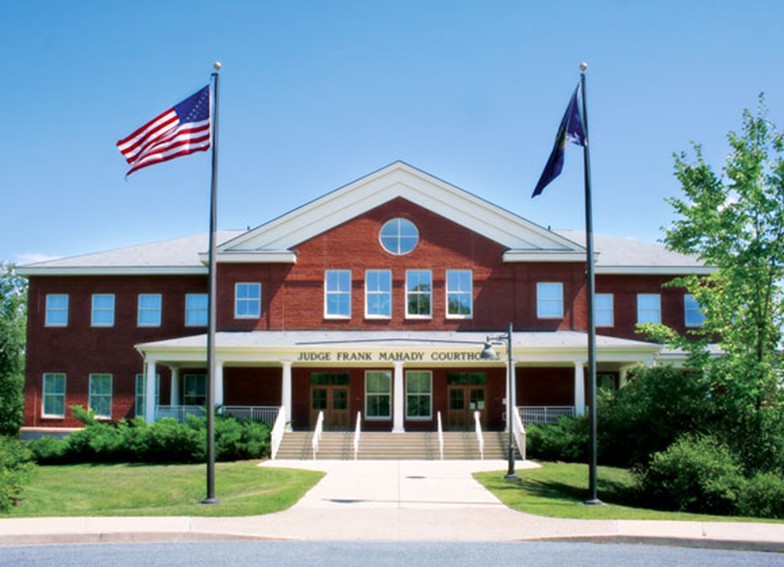 Mahady Courthouse
Mahady Courthouse
-
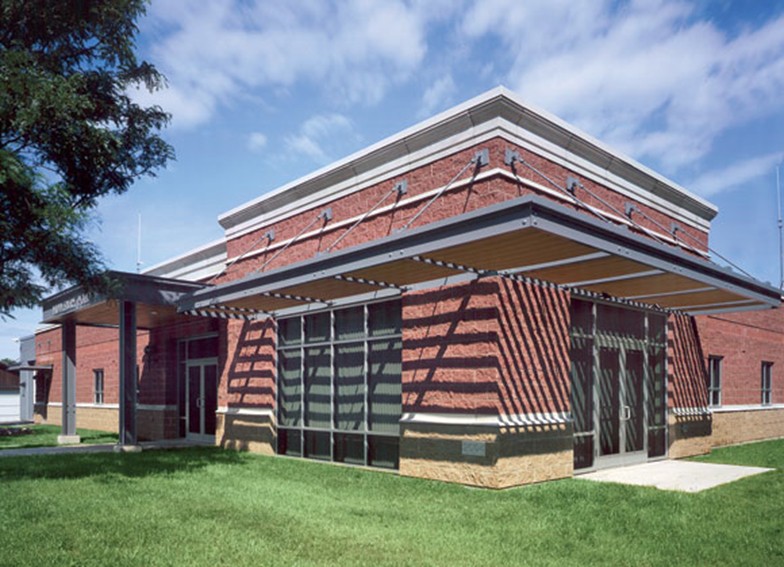 Middlebury Police Station
Middlebury Police Station
-
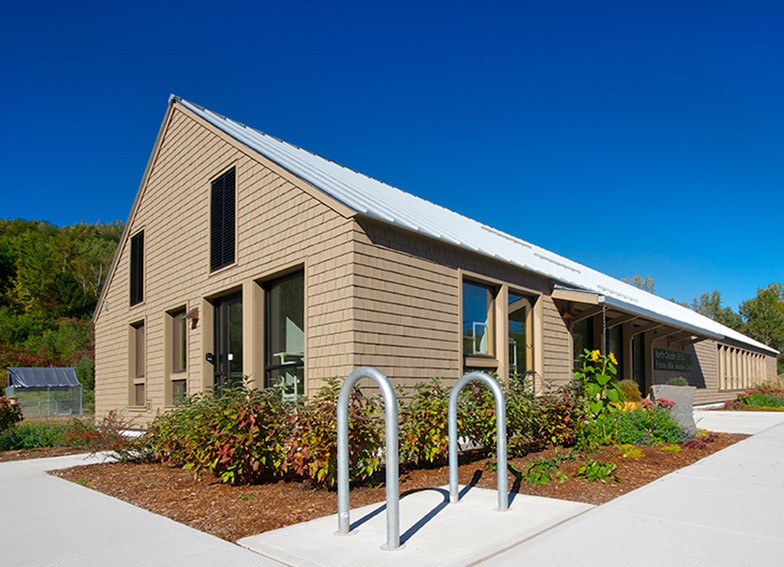 North Country SPCA Animal Shelter
North Country SPCA Animal Shelter
-
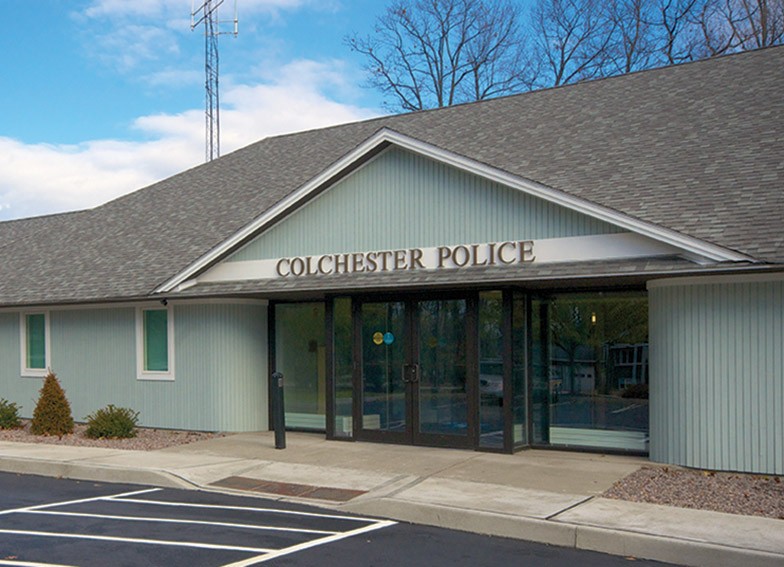 Town of Colchester Police Station
Town of Colchester Police Station
-
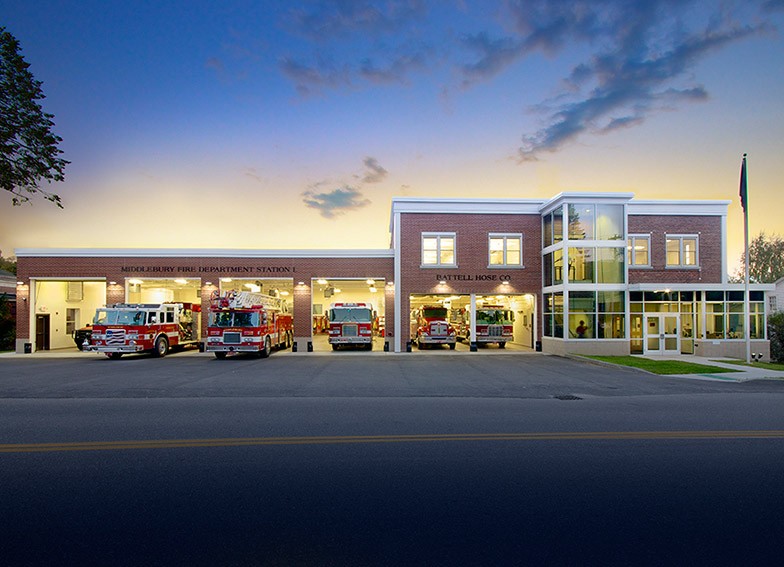 Town of Middlebury Fire Department
Town of Middlebury Fire Department
-
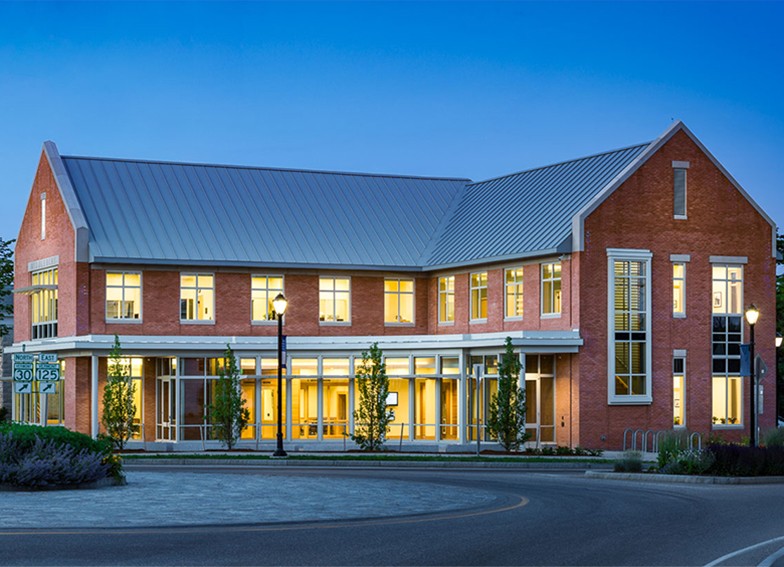 Town of Middlebury
Town of Middlebury
-
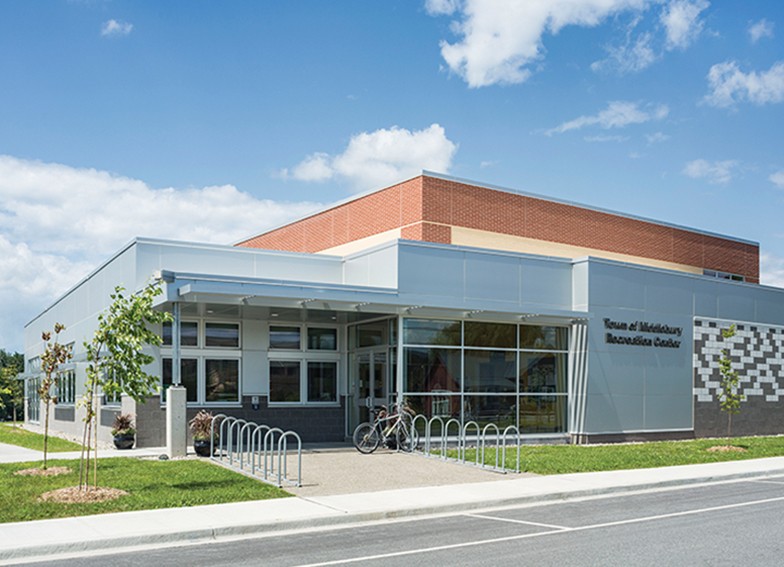 Town of Middlebury
Town of Middlebury
-
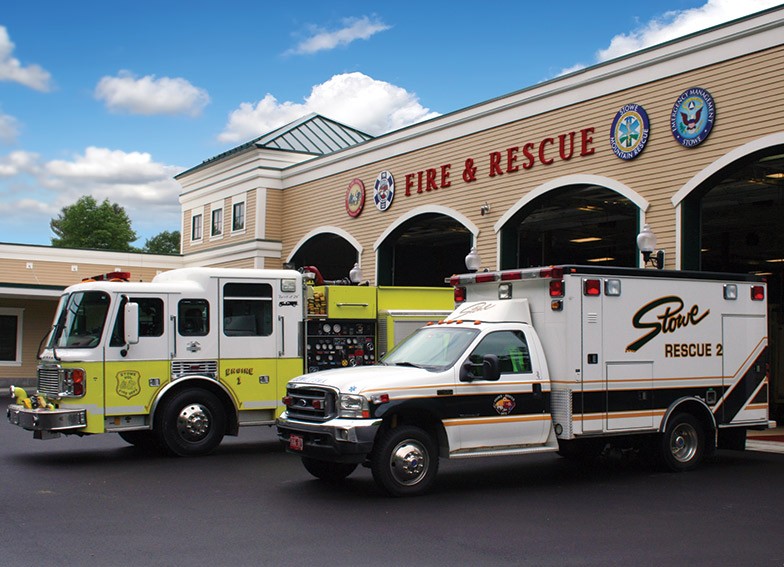 Town of Stowe
Town of Stowe
-
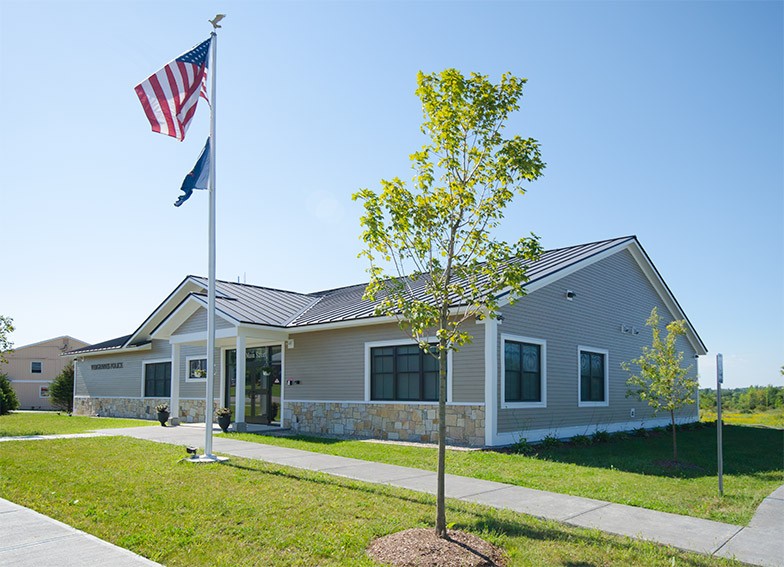 City of Vergennes Police Station
City of Vergennes Police Station
-
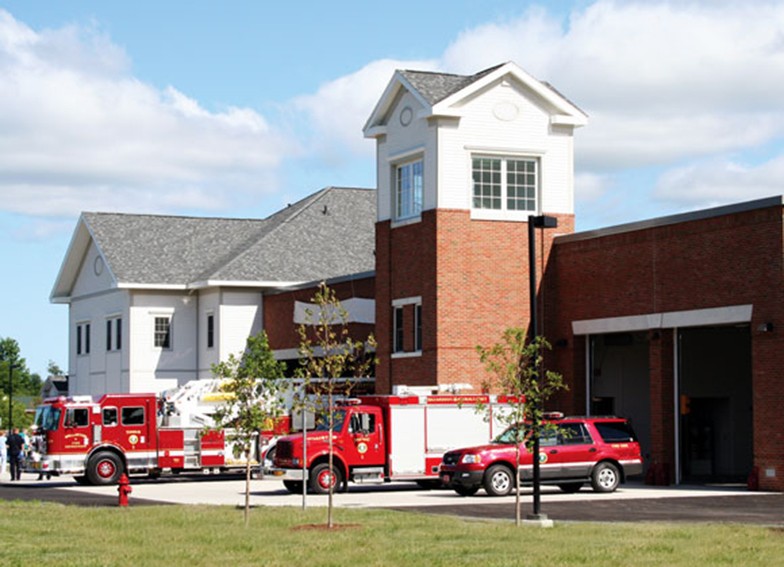 Williston Police and Fire Stations
Williston Police and Fire Stations
Hypertherm Heater Road
Manufacturing Facility
When Hypertherm was choosing a design build partner to design and construct our new 160,000 SF manufacturing plant in Lebanon, NH, Bread Loaf Corporation appeared to be the logical choice. During the interviews Bread Loaf talked about their innovation, robust design and building processes, problem solving, cost control, and customer satisfaction. We needed these skill sets in our partner for the project to be successful. After completing a very complex yet LEED certified manufacturing project, I can say Bread Loaf not only met these expectations but exceeded them. They knocked this one out of the park. Hypertherm is a very pleased customer.
Summary
Hypertherm, Inc. of Lebanon, New Hampshire is the world leader in plasma metal cutting technology. Bread Loaf Corporation provided Planning, Design and Construction services for their new Heater Road facility, includes 156,500 square foot of manufacturing, research laboratory and office space. Hypertherm’s main manufacturing plant and headquarters at Great Hollow Road and the new Heater Road facility will form bookends along a corridor of smaller Hypertherm sites to support their growing operations.
The development of their previously altered site included preservation of six acres of wetlands and use of sustainable landscape design strategies including pervious pavement and rain-gardens to filter storm water. The building is designed to achieve functional flexibility, to promote a healthy workplace and to measure and optimize energy use and efficiency.
The project was awarded LEED Gold certification by the USGBC.
Green Building/Sustainable Design
- Stormwater quality controlled using raingardens, bioswales and pervious pavement
- Reduction of energy use with efficient LED site lighting
- Light material to limit heat island effect of roof surface
- 40% reduction in water use through low flow fixtures
- 100% recycling of process water used for product testing
- 14% reduction in over-all energy demand
- Energy reductions through enhanced commissioning
- Measurement and verification plan for building systems
- 20% of building materials contained a high recycled content
- 10% of building materials were regionally sourced materials
- 75% of the construction waste materials were recycled or salvaged
- Low-emitting adhesives, paints and materials
- Skylights to provide daylighting in manufacturing areas
- Solar panels for domestic hot water

